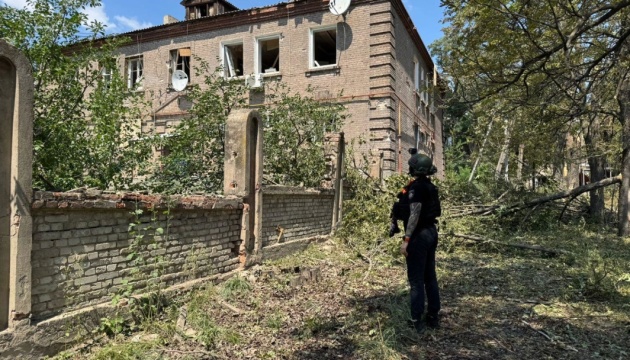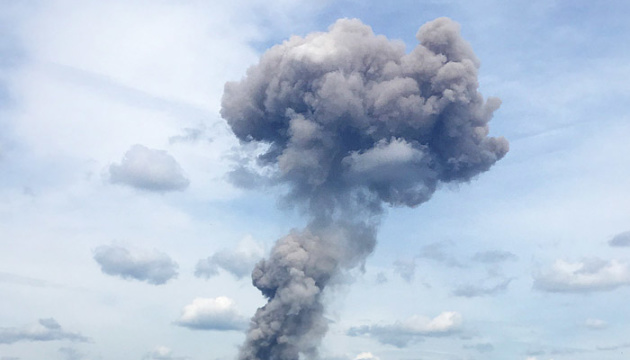Russia tries to take control of messengers developed in “enemy countries”



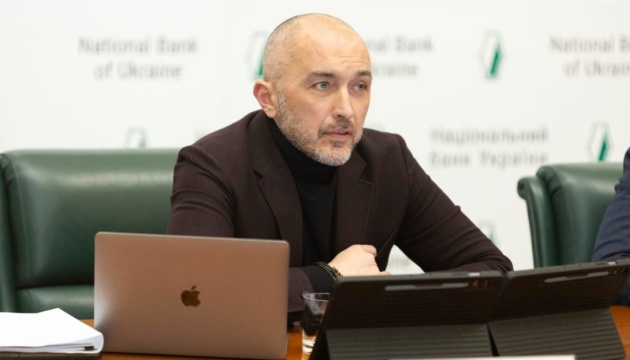

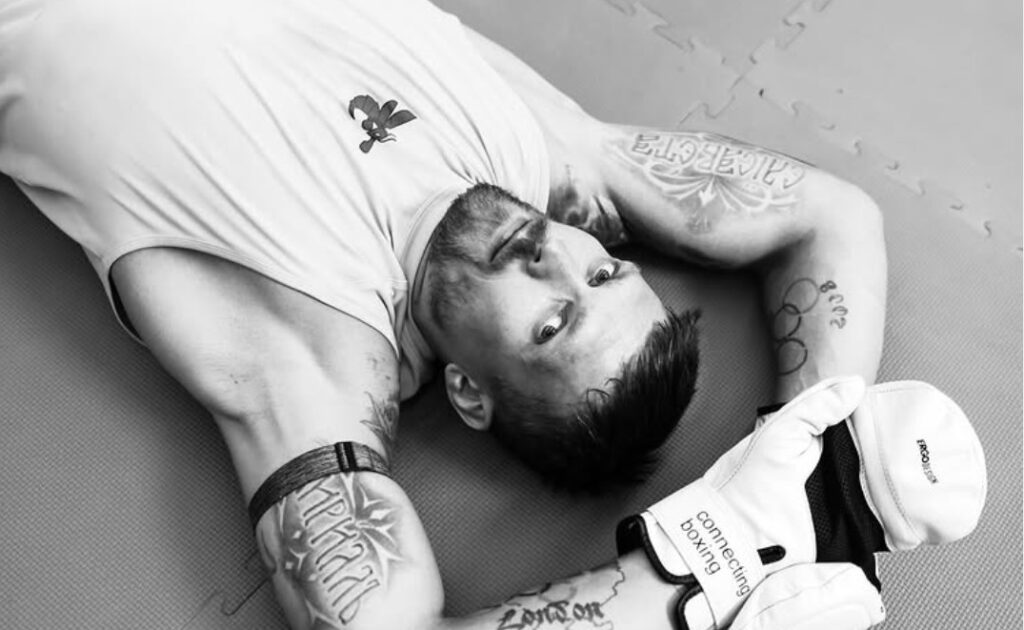

The boxing world witnessed something special last Saturday as Oleksandr Usyk knocked out Daniel Dubois at Wembley Stadium, reclaiming his undisputed heavyweight crown with a left hook he calls “Ivan” – named after a Ukrainian farm worker. But this latest triumph is just another chapter in the wild story of the 38-year-old from occupied Crimea who’s redefined what it means to be a champion.
The knockout victory capped off a remarkable year that saw Usyk twice defeat Tyson Fury, first becoming undisputed champion in May 2024’s “fight of the millennium,” then dominating their December rematch.
After that second Fury fight, boxing fans knew they were watching something special – but Saturday’s performance against Dubois proved Usyk isn’t slowing down.
His journey to the top has been a wild ride – full of unlikely twists, perfect timing, and the kind of determination that turns sparring partners into champions.
Before diving into his story, you need to understand something about Usyk – he’s probably the most entertaining champion boxing has seen in years.
“How do you feel?” asked a journalist before a 2015 fight. “I am very feel,” replied Oleksandr Usyk with a grin, creating boxing’s most endearing catchphrase.Years later, when even Cristiano Ronaldo referenced this moment in conversation with Usyk, the boxer – now much better in English – smiled and repeated his famous phrase. Just for fun. Because that’s who Usyk is.
And those English gaffes? They’ve become part of his psychological warfare. At the pre-fight press conference before the Dubois rematch, Usyk mystified reporters by repeatedly telling Dubois’ team “Don’t push the horses” – a bizarre Ukrainian idiom meaning “don’t rush.” His opponent’s trainer Don Charles finally threw up his hands: “I need a translator.” Classic Usyk, turning linguistic confusion into mind games.
Usyk wasn’t always the star of the show. He was just a sparring partner on the Ukrainian national team back then. But then fate played its hand—one guy got caught doping, another broke his hand, and suddenly Usyk got his shot.
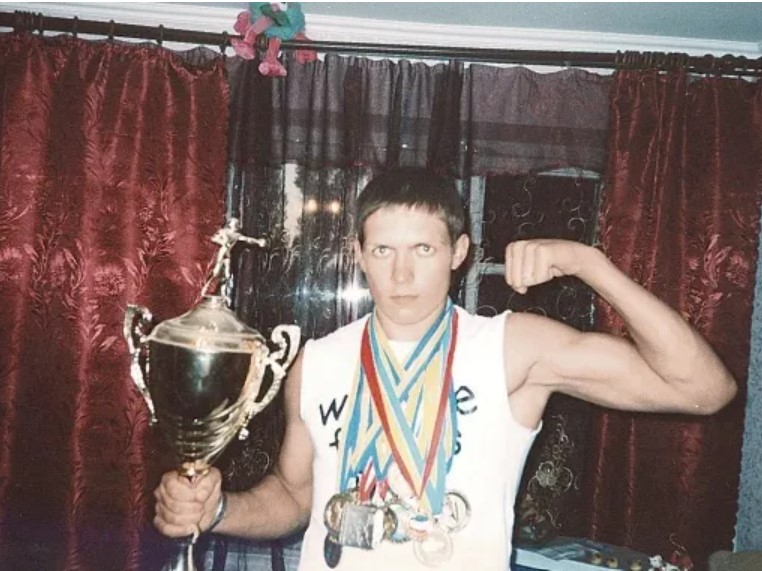
But here’s the kicker – he was fighting guys 7-8 kilograms heavier because he didn’t have time to bulk up. And he was winning.

This pattern of turning challenges into opportunities would define his career. After a disappointing second-round loss to Italy’s Clemente Russo in the 2008 Beijing Olympics, Usyk responded by winning both European and World Championships. The story came full circle at the 2012 London Olympics, where he defeated Russo for the gold medal.
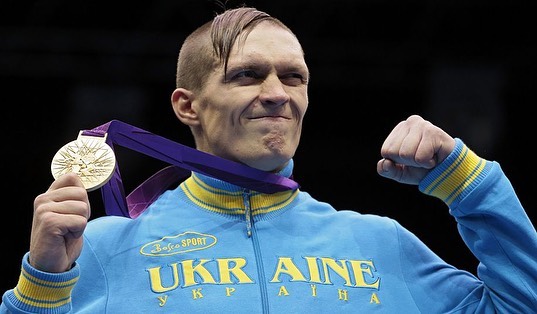
Usyk’s approach to training seems designed to redefine what’s possible. While most people struggle to hold their breath for a minute, this man casually goes without air for 4 minutes and 40 seconds—longer than some sea creatures! While larger dolphins like the bottlenose can stay underwater for 8-10 minutes, Usyk’s lung capacity actually surpasses smaller cetaceans like the Maui dolphin, which typically surfaces every 2-3 minutes.
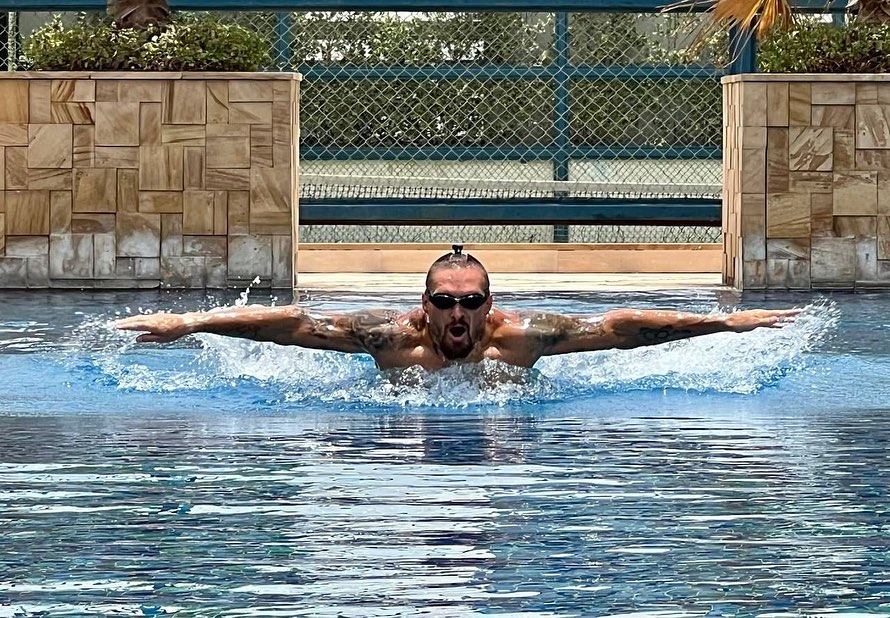
Before fighting Anthony Joshua in Saudi Arabia, he cycled 100 kilometers in 40-degree Celsius heat. He once swam 10 kilometers over five hours before a London press conference. Because apparently, regular training is too mainstream for Usyk.
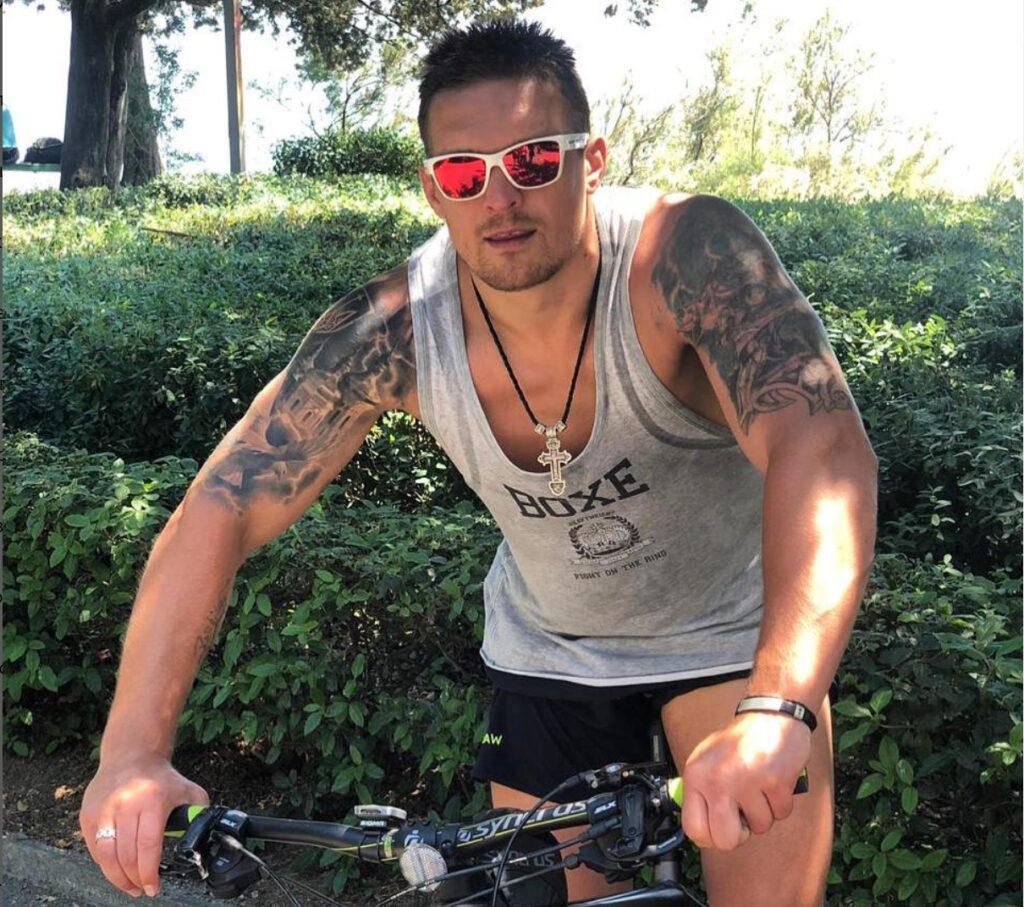
If you thought Usyk’s training was unconventional, wait till you see his ring entrances. This guy doesn’t just walk to the ring – he turns every entrance into a performance art piece.
For his first clash with Fury in May 2024, he showed up dressed as a 17th-century Ukrainian Cossack warrior. We’re talking full traditional gear inspired by historical leader Bohdan Khmelnytskyi himself.
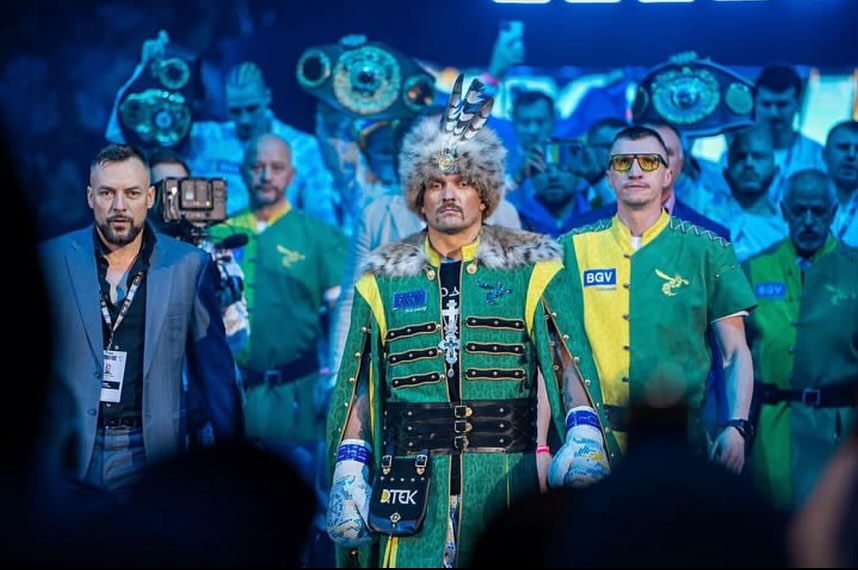
But he wasn’t done yet. For their December rematch, Usyk took things to a whole new level. Picture this: he walks out wearing this incredibly detailed Ukrainian outfit while a live choir belts out an ancient Cossack battle hymn mixed with techno beats. His robe was decked out in blue and yellow patterns with a massive Tryzub symbol – Ukraine’s national emblem. Because apparently, regular entrance music is also too mainstream for Usyk.
After knocking out Dubois with his signature left hook, Usyk explained the cultural significance behind his finishing move. “It’s a punch name, Ivan. Yeah, left hook,” he demonstrated.
“It’s Ukrainian name. Yeah, Ivan is, you know, it’s like a big guy who live in a village and work in a farm. It was a big guy, like a Cossack. What is your name? My name is Ivan. Yeah, it’s a hard punch, yeah.”
The punch that floored Dubois wasn’t just technique – it carried the soul of Ukrainian rural tradition, embodying the strength of countryside workers who’ve always been the backbone of the nation. Minutes after his victory, Usyk dedicated the win to Ukrainian soldiers: “I want to thank all Ukraine, all the guys, who are now defending our country. You allow me to be here now!”
Here’s something most people don’t know: Usyk nearly went to theater school instead of boxing. Boxing won out, but he never abandoned his artistic ambitions. After starting with a role in a 2017 Ukrainian film, The Fight Rules, and voicing cartoon characters, he’s about to hit Hollywood big time.
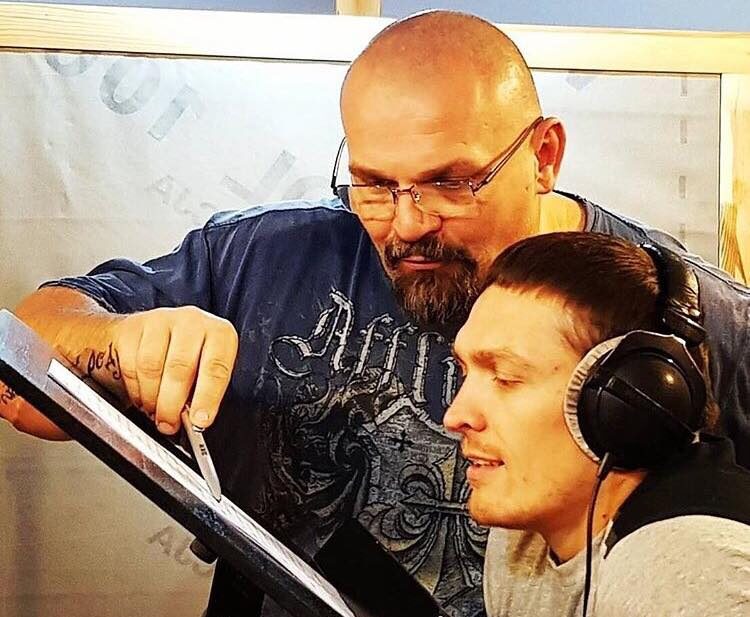
In 2025, you’ll see him alongside Dwayne “The Rock” Johnson in The Smashing Machine, where he portrays a Ukrainian MMA fighter.
Growing up in Simferopol, now Russian-occupied Crimea, young Usyk dreamed of football glory until financial constraints forced him to quit the sport. But his passion never faded.
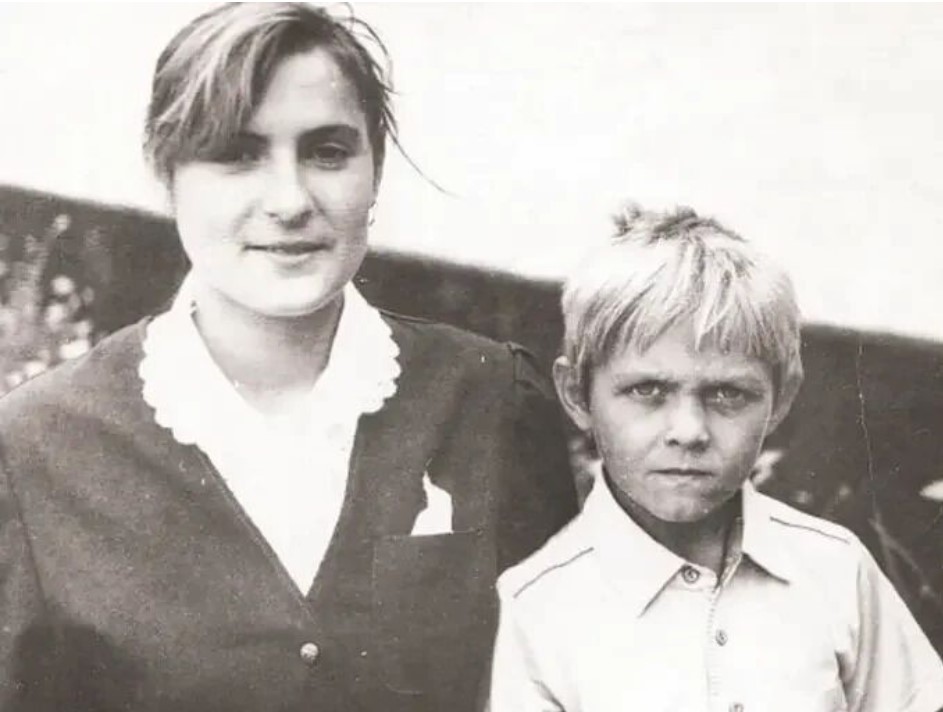
Today, he’s not just a fan—he signed a professional contract with a Ukrainian club, FC Polissia Zhytomyr, and made his debut in 2022.
The recent bout with Fury earned Usyk $114 million, but he isn’t just about boxing money. He’s built a business empire that employs a hundred people. He’s got merchandise lines, a promotion company, and even created a social network for boxers to find sparring partners.

You can’t miss Usyk in the ring – his traditional Cossack hairstyle(the mohawk-like “oseledets”) has become his signature.
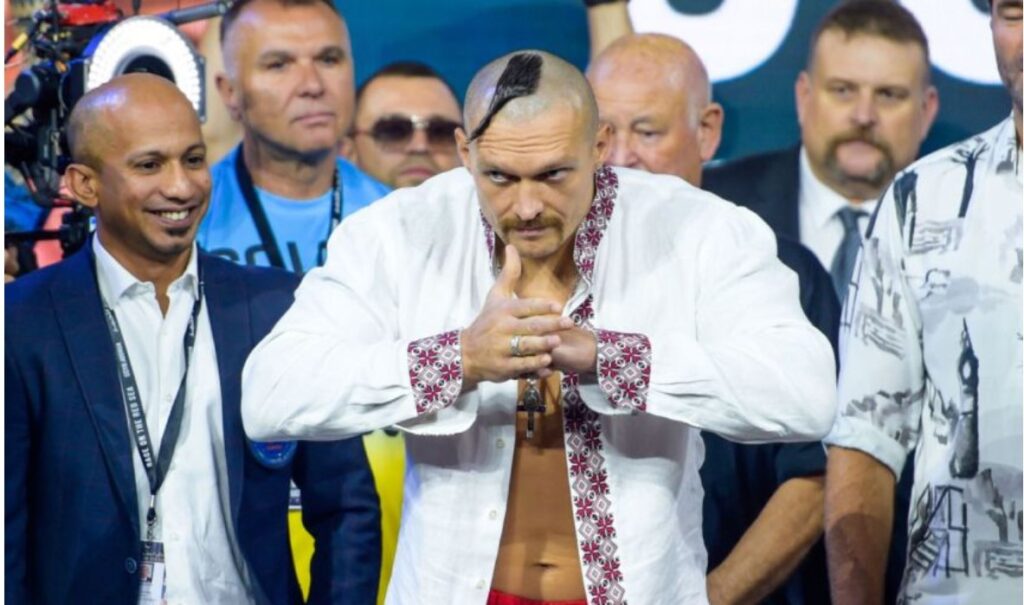
He’s transformed the Ukrainian warrior tradition into a global brand, introducing millions to Ukrainian culture through both his appearance and his victory Hopak dance – as Ukrainian as borsch.
Beyond the ring, Usyk is a family man – a devoted father of four and a man of deep faith. He’s emerged as one of Ukraine’s most powerful voices on the global stage, especially as his country fights against Russian aggression.
******
Here’s another thing about Usyk – he could have had an easier path. When Russia occupied Crimea in 2014, many athletes from the peninsula faced a choice. Some stayed, some took Russian citizenship, some left. Usyk packed his bags and moved his family to Kyiv.
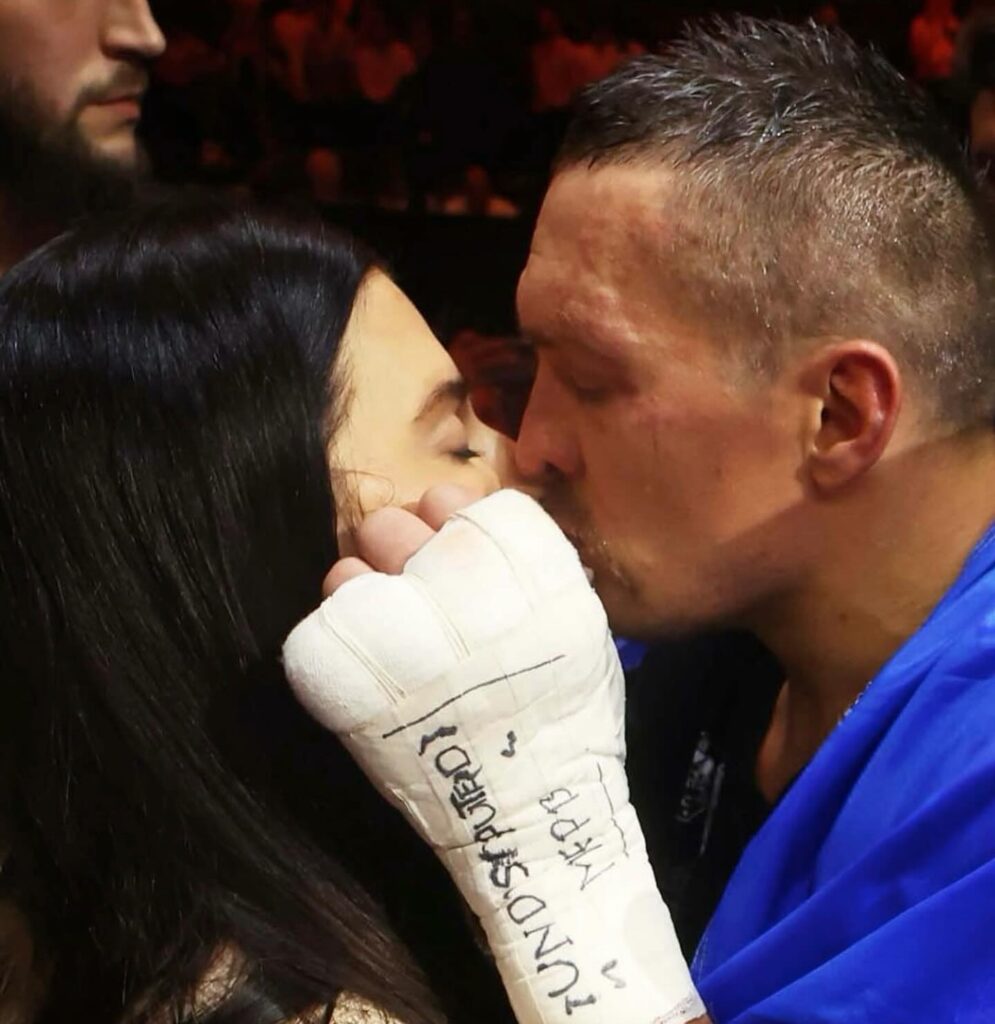
It wasn’t a comfortable choice. He left behind his home, his training base, and many friends. But when asked about it, Usyk answered in his characteristically straightforward way: “I’m from Crimea. But Crimea is Ukraine.” Simple as that.
Now look at him today – strutting into the ring in wildly creative outfits that always feature Ukrainian elements, from traditional patterns to Cossack symbols. It’s not just for show. Every entrance tells the same story: this is who I am, this is what I choose to be – a Ukrainian athlete bringing his nation’s fighting spirit to the global stage.
His latest victory over Dubois at Wembley proved he’s not done making history. At 38, with his undefeated 23-0 record intact, Usyk continues showing the world what Ukrainian excellence looks like – one “Ivan” punch at a time. Very feel, indeed.
Read more:
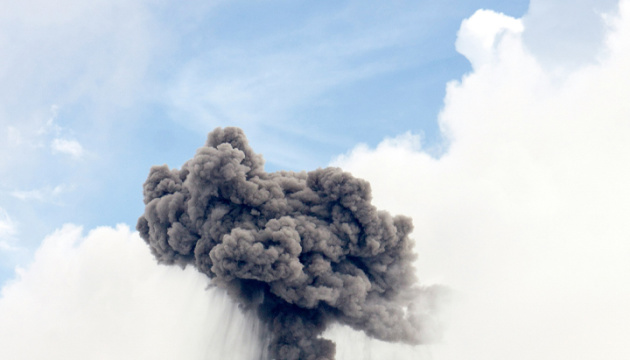

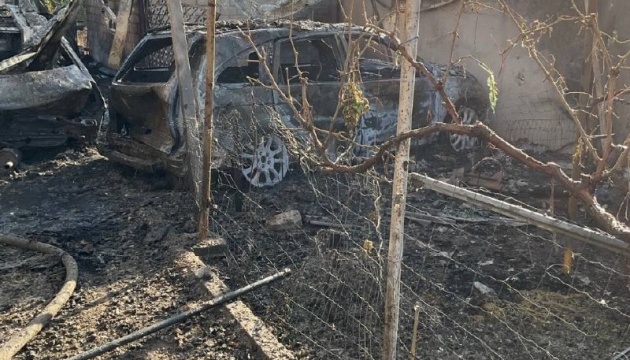

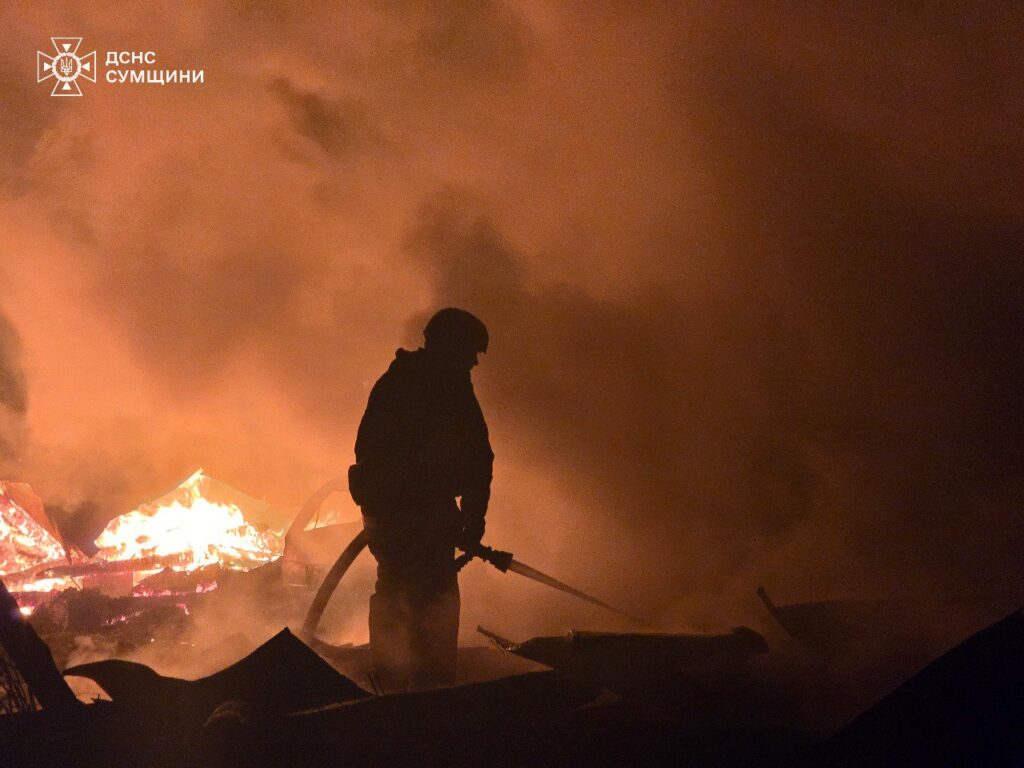

Russian forces conducted widespread drone attacks across multiple Ukrainian regions overnight on 20 July, killing at least one person and injuring several others while causing significant damage to residential areas.
The assault involved 57 Shahed strike drones and decoy aircraft, representing a relatively modest scale compared to Russia’s typical mass drone attacks, which often involve hundreds of aircraft and have reached over 700 drones in a single night.
According to the Air Forces of the Armed Forces of Ukraine, Ukrainian air defenses successfully intercepted 18 of the attacking drones, while electronic warfare systems suppressed or caused the loss of seven additional aircraft. The military reported that 32 drones struck targets across 10 locations, with debris from intercepted aircraft falling in six areas.
The deadliest impact occurred in northeastern Sumy Oblast near the front line, where a 78-year-old woman was killed during a Russian drone attack on residential areas in Svesa community, according to the State Emergency Service. Four strike drones targeted a village, causing three residential buildings to ignite immediately upon impact.
Russian terror campaign against Ukrainian civilians continues.
— Euromaidan Press (@EuromaidanPress) July 20, 2025
On the night of 20 July, Russian drones killed a 78-year-old woman and ignited three homes in a northeastern Sumy village near the front line.
Emergency responders faced dangerous delays because Russian forces… pic.twitter.com/LIeeAgSHJq
Rescue operations faced significant delays because Russian forces conducted follow-up strikes on the same locations where emergency workers needed to operate. Despite the dangerous circumstances and intense fire conditions, emergency personnel successfully extinguished all blazes and prevented the fire from reaching two nearby residential buildings.
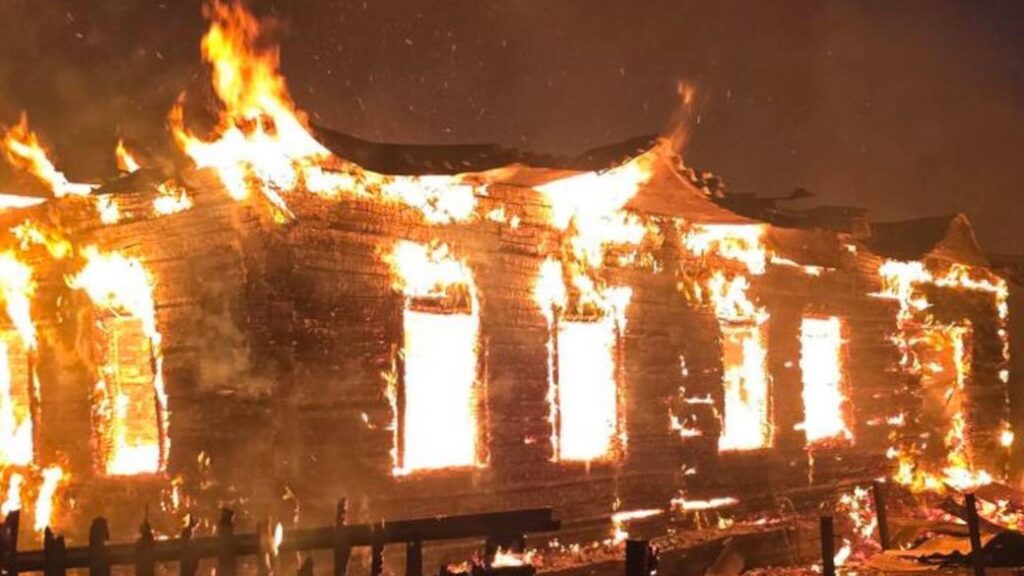
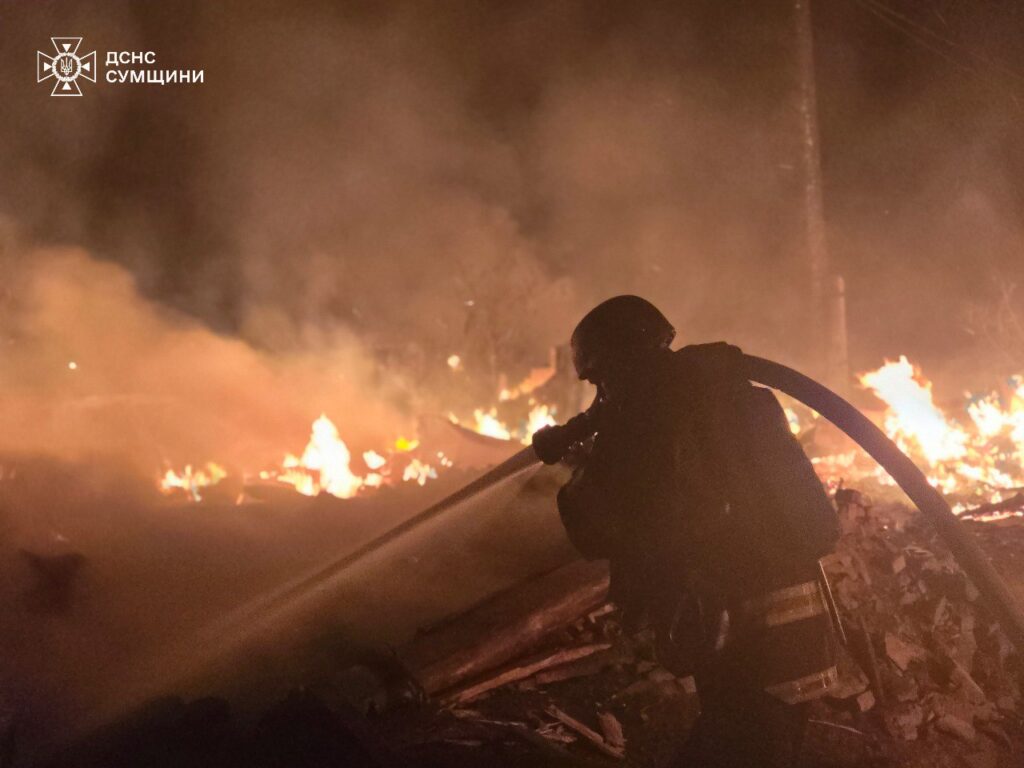
Southern Zaporizhzhia and surrounding areas faced intensive attacks involving at least 14 strike drones and two multiple rocket launcher system strikes, according to Regional Military Administration head Ivan Fedorov. The bombardment damaged seven private residences and caused window and facade damage to apartment buildings, while also sparking multiple fires. A 69-year-old woman sustained injuries in the attacks.
The nearby settlement of Prymorske also came under assault, where a Russian drone directly struck a residential building, injuring two elderly women aged 64 and 73.
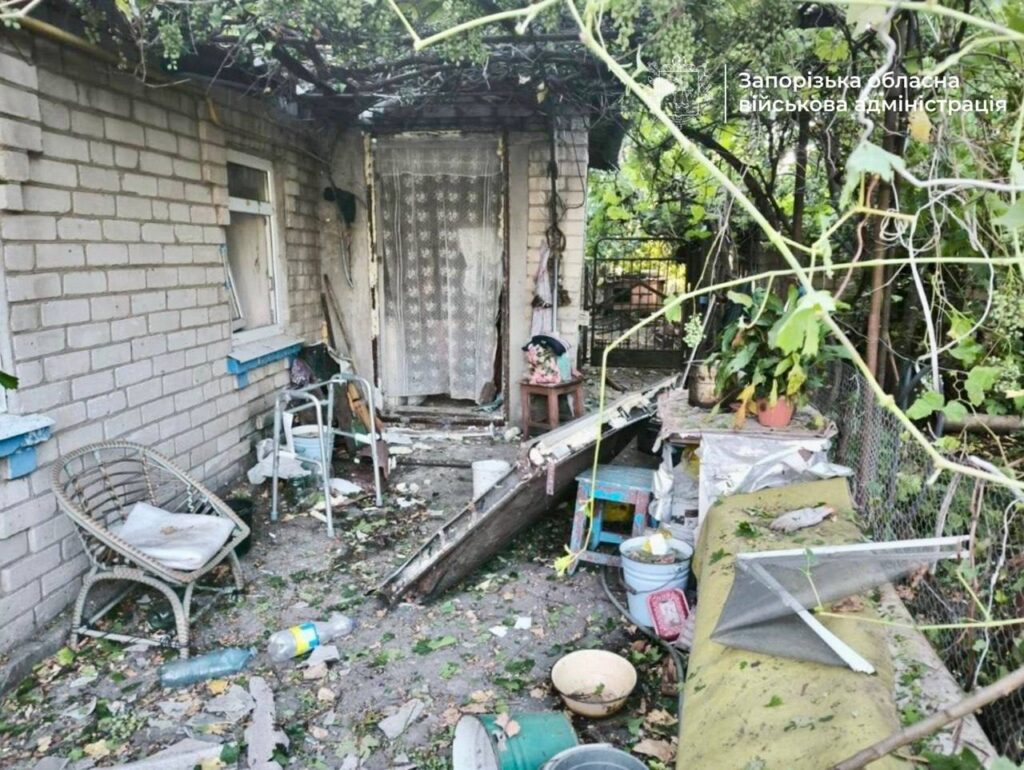
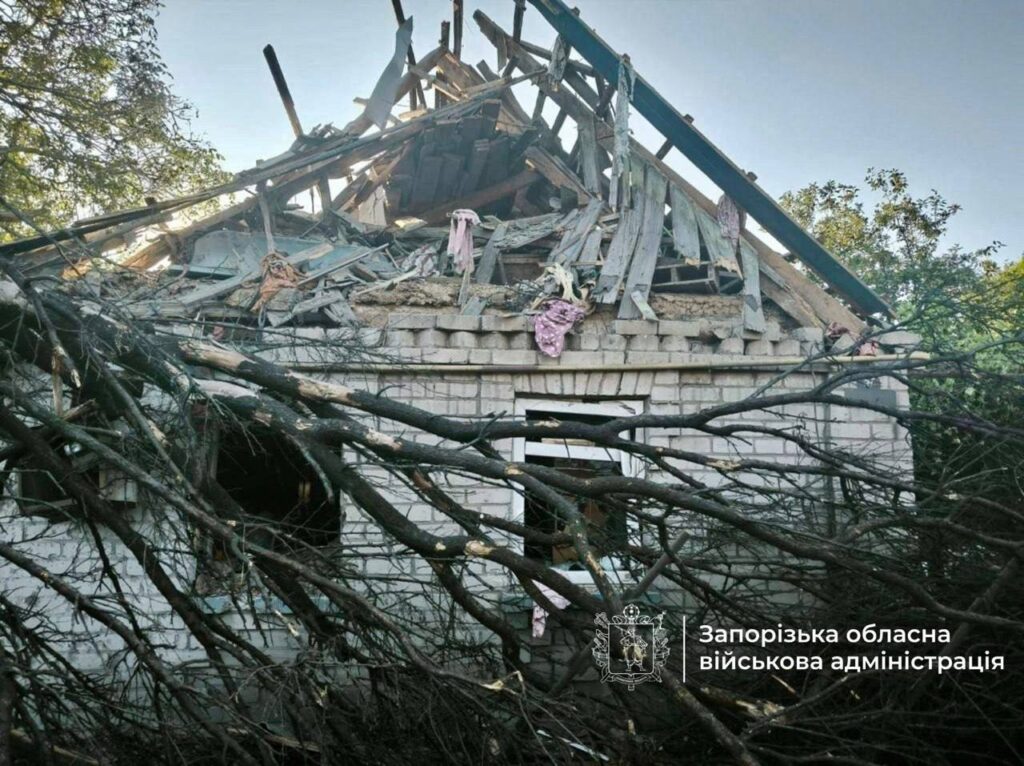
In southern Kherson Oblast, Russian forces targeted the settlement of Zymivnyk, resulting in injuries to a 17-year-old girl and her 51-year-old father, both of whom required hospitalization, according to Regional Military Administration head Oleksandr Prokudin.
“As a result of the enemy attack, the 17-year-old girl sustained explosive and traumatic brain injuries, concussion, and shrapnel wounds to the shin. The 51-year-old man sustained explosive trauma, thermal burns to the chest and poisoning from combustion products,” Prokudin reported. Both victims are receiving medical treatment at local hospitals.
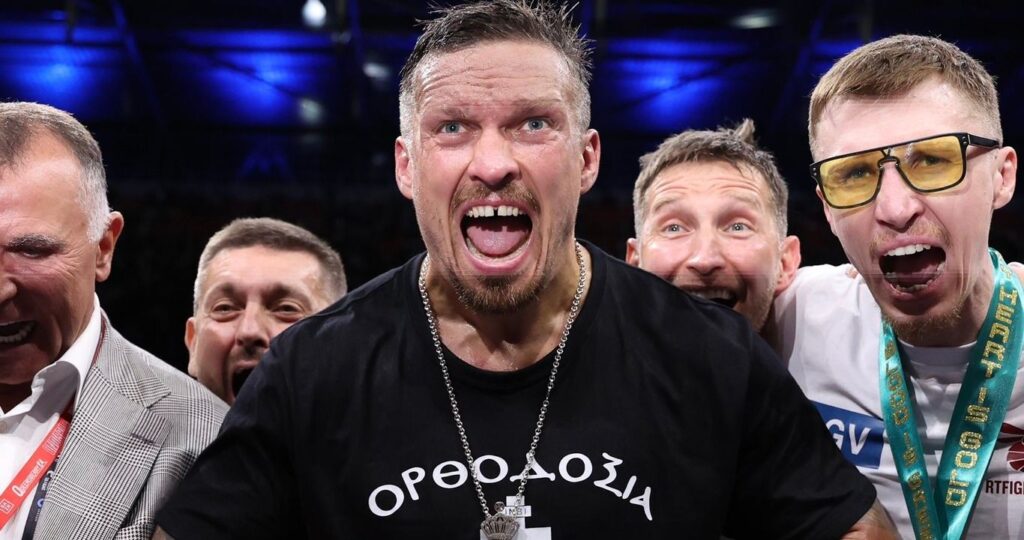

Oleksandr Usyk knocked out Daniel Dubois in the fifth round at Wembley Stadium on 19 July 2025 to become undisputed heavyweight champion for the second time, using a left hook he calls “Ivan” after a Ukrainian farm worker.
The 38-year-old from occupied Crimea achieved something even Muhammad Ali never managed – becoming undisputed heavyweight champion twice in the modern four-belt era. Ali won the heavyweight title three times, but during simpler periods with fewer sanctioning bodies. Usyk’s achievement is rarer: undisputed championships in two different weight classes while navigating boxing’s most fragmented landscape.

Usyk ended the fight with what he calls his signature punch: “Ivan.” Asked about it after the fight, the champion explained why he named his left hook after a Ukrainian everyman.
“It’s a punch name, Ivan. Yeah, left hook,” Usyk said, demonstrating the motion. “It’s Ukrainian name. Yeah, Ivan is, you know, it’s like a big guy who live in a village and work in a farm. It was a big guy, like a Cossack. What is your name? My name is Ivan. Yeah, it’s a hard punch, yeah.”
The left hook that dropped Dubois for the final time carried more than technique – it embodied the kind of strength Ukrainians associate with their countryside, the tough rural workers who’ve always been the backbone of the nation.
Before Usyk entered the ring, another voice from occupied Crimea commanded the stadium. Singer Nadia Dorofeeva performed Ukraine’s national anthem before 90,000 spectators, creating one of those moments where sport becomes something bigger.
Dorofeeva, who gained fame as part of “Vremya i Steklo” before going solo, has become a vocal supporter of Ukraine during the war. Her anthem performance before the fight connected two Crimean natives on British soil, both representing their occupied homeland on a global stage.
Right after winning, Usyk delivered the message that mattered most to him – acknowledging the soldiers who make his career possible.
“I want to thank all Ukraine, all the guys, who are now defending our country,” Usyk said in the ring. “I received many messages yesterday and today as well from various units, who are defending my country on the front line. Guys, Glory to Ukraine! You are incredible! You allow me to be here now!”
The champion’s words connected his boxing triumph directly to Ukraine’s broader fight for survival. While Usyk dominated at Wembley, Ukrainian forces were engaged in combat that determines whether their country continues to exist.
Ukraine’s new Prime Minister Yulia Svyrydenko praised Usyk’s victory as “a triumph of will and discipline,” writing on Facebook:
“Every victory charges us with a good mood. Congratulations, champion! Thank you for everything you do for Ukraine.”
This victory built on Usyk’s historic achievement in May 2024, when he defeated Tyson Fury by split decision to become the first undisputed heavyweight champion since Lennox Lewis in 1999. That fight was massive – finally unifying all heavyweight belts after 25 years of fragmentation.
But Usyk couldn’t keep all four belts. Boxing politics forced him to choose between defending against Fury in their contracted rematch or facing IBF mandatory challenger Dubois. He vacated the IBF title, allowing Dubois to claim it. Saturday’s fight put the championship back together.
The first Usyk-Dubois fight in August 2023 ended controversially when a disputed low blow in the fifth round gave Usyk time to recover before he knocked out Dubois in the ninth. This time was cleaner – Usyk dominated from the start before finishing Dubois decisively in round five.
Usyk’s professional record now stands at 23-0 with 14 knockouts. He’s beaten every top heavyweight of his generation – Anthony Joshua twice, Fury twice, and now Dubois twice. His amateur record of 335 wins and 15 losses included Olympic gold in 2012 and World Championship gold in 2011.
The Ukrainian’s next move remains unclear. At 38, he’s hinted this might be among his final fights. Potential opponents include another Fury trilogy fight, or mandatory challengers from various sanctioning bodies.
Usyk’s journey represents something larger than boxing success. When Russia occupied Crimea in 2014, many athletes from the peninsula faced difficult choices. Usyk packed up his family and moved to Kyiv, choosing Ukrainian identity over convenience.
His ring entrances always feature Ukrainian elements – traditional patterns, Cossack symbols, his distinctive “oseledets” haircut. It’s not performance; it’s identity. Every fight becomes a statement about what he chooses to represent.
Saturday’s victory delivered another moment of Ukrainian excellence during wartime, proving that Ukrainian athletes continue performing at the world’s highest levels while their country fights for survival. For Ukrainian fans watching globally, Usyk’s left hook named “Ivan” carried the strength of their rural traditions straight through a British opponent’s guard.
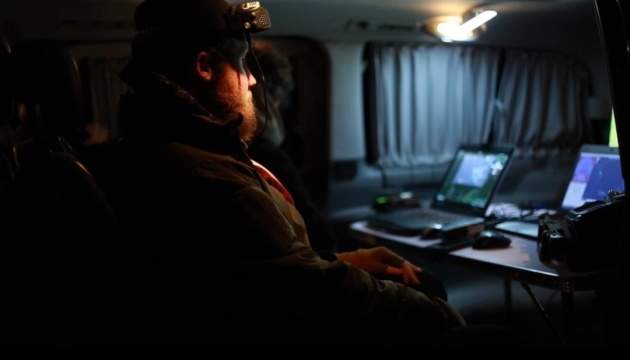

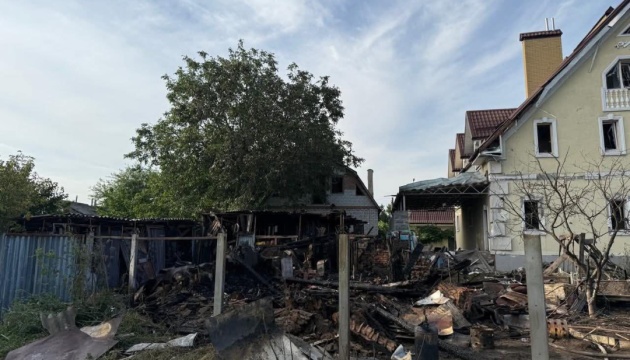

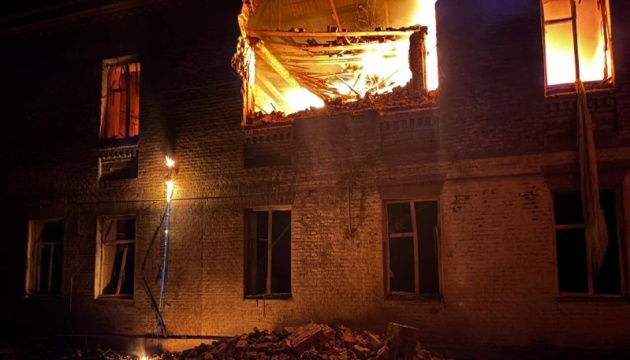

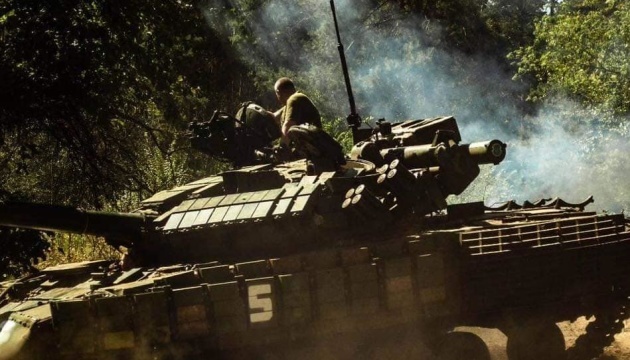



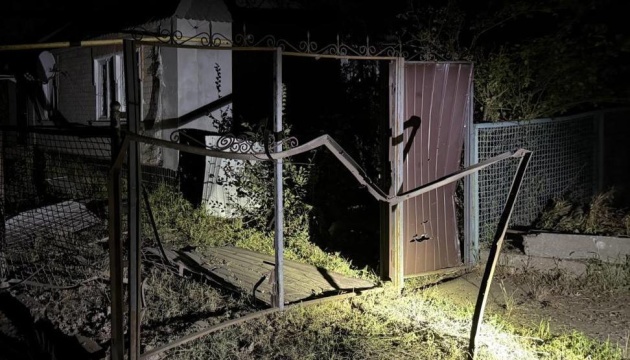

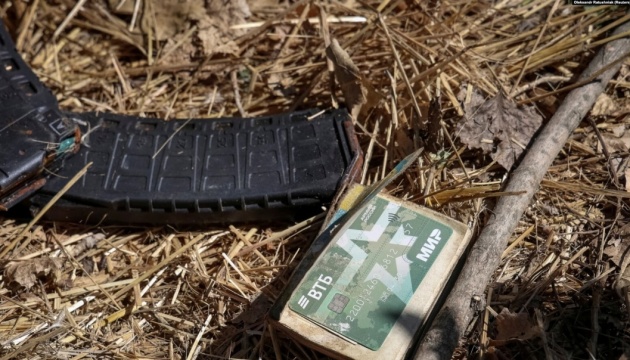

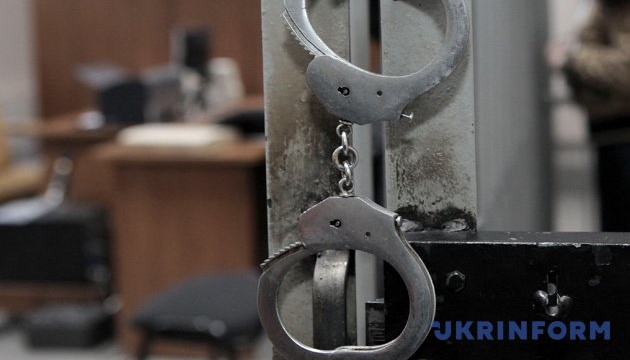

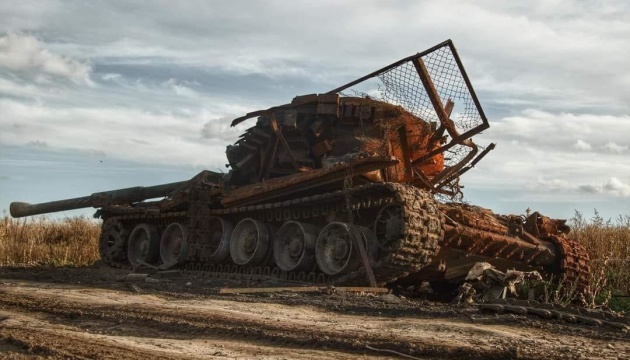

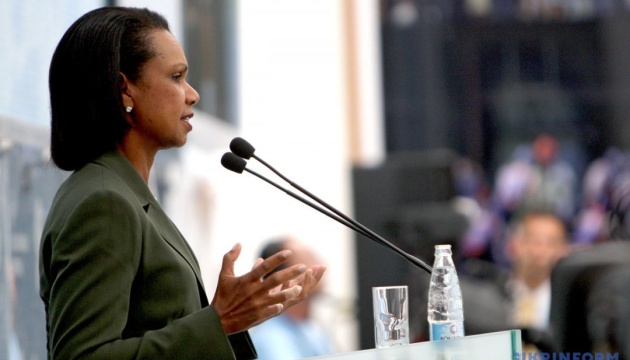



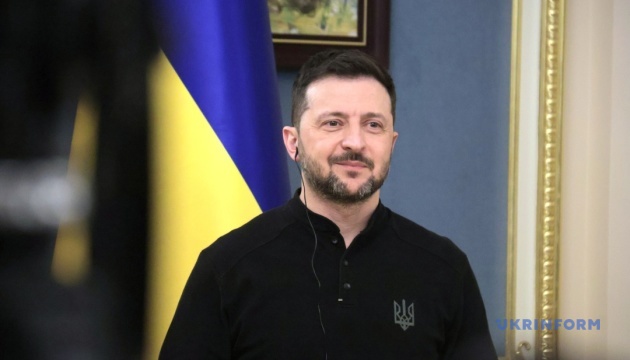

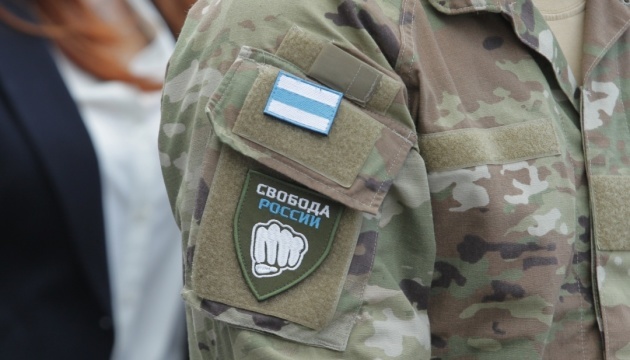





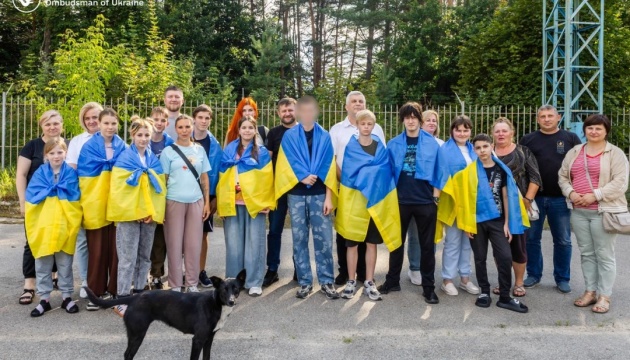

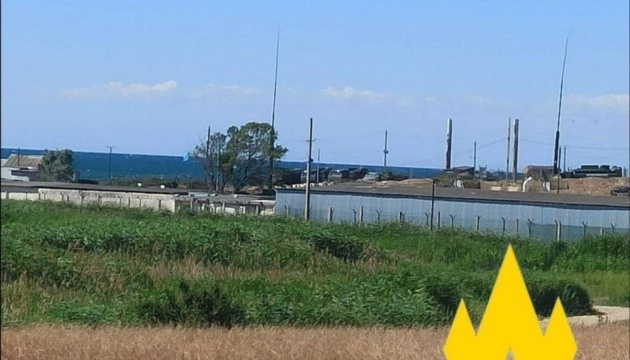

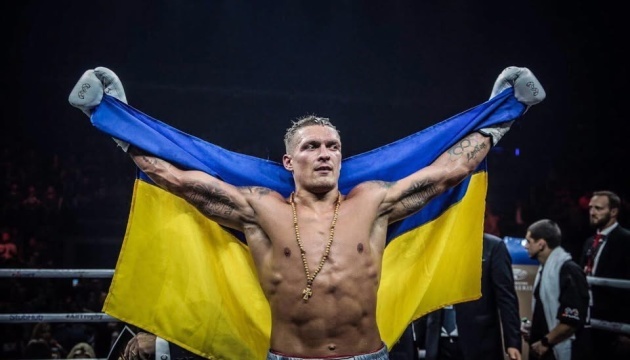

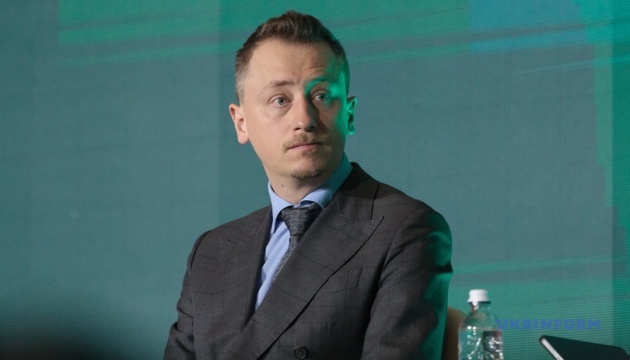

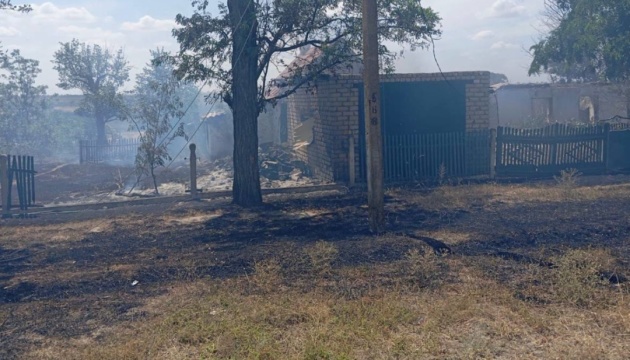

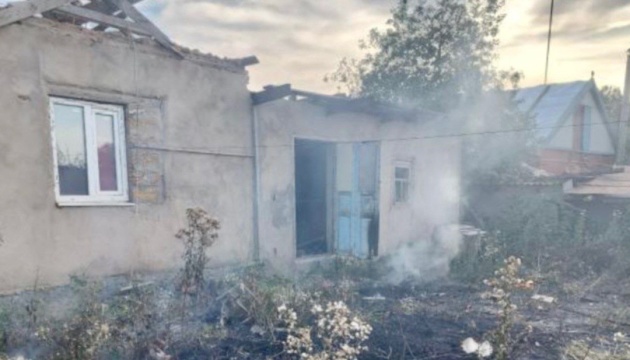



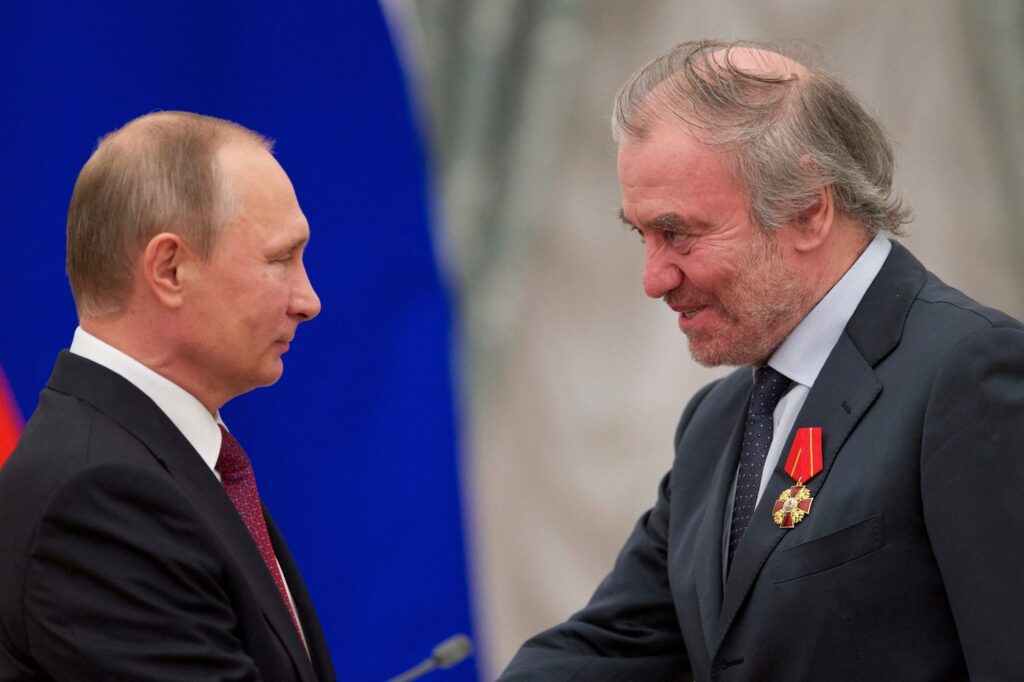

Valery Gergiev, the Russian conductor and longtime ally of Vladimir Putin, is scheduled to perform on July 27 at the Un’estate da Re festival in the Royal Palace of Caserta, Italy. Tickets are already on sale.
This marks his loud and controversial return to the European stage after years of exclusion due to his vocal support for Russia’s war against Ukraine — and, astonishingly, with the help of public funding, including European Union cohesion funds, despite the fact that Gergiev has been sanctioned in several countries.
But behind the mask of the great conductor lies something far more troubling. A recent Linkiesta investigation exposes a sophisticated network of shady foundations, fictitious companies, and significant real estate holdings spanning Venice, Milan, Rome, and the Amalfi Coast.
At its center sits a monumental estate in Massa Lubrense that allegedly hosts meetings aimed at circumventing international sanctions and diffusing Russian propaganda narratives through cultural interventions.
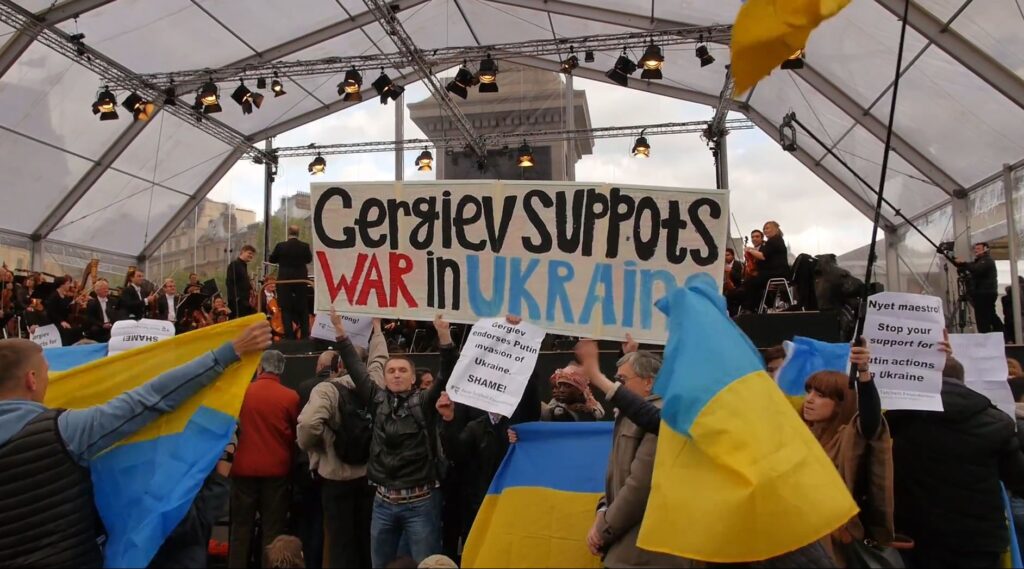
Unlike Germany, the UK, the Netherlands, and Scandinavian nations — where cultural institutions severed ties with pro-Kremlin artists — Italy has chosen a more “tolerant” or “neutral” approach. Some even echo the favorite mantra of Russian propaganda: “Art is above politics.”
Here’s a reminder of where Gergiev has been banned:
But in Italy, Gergiev seems to be welcomed with open arms — all in the name of “cultural dialogue,” even as war crimes continue in Ukraine.
Gergiev, Putin’s most loyal cultural ally who received the specially revived Hero of Labour award in 2013, has never hidden his loyalty to the Putin regime.
He publicly praised the president, supported Russia’s “great revival,” and in 2014, endorsed the annexation of Crimea. That same year, he led a concert in Moscow honoring Russia’s armed forces.
After Russia’s full-scale invasion of Ukraine in 2022, cultural leaders around the world called for a boycott of Gergiev, accusing him of direct complicity in the Kremlin’s aggression. Major orchestras and opera houses in Europe and the US dropped him. In 2022, La Scala dropped him from its programming after he refused to condemn the war in Ukraine.
His appointment to control both the Bolshoi and Mariinsky theaters wasn’t just ceremonial — it followed the ouster of Vladimir Urin, who had dared to sign an anti-war petition in 2022, making Gergiev’s loyalty even more valuable to the Kremlin.
His fondness for dictators and warlords predates Ukraine. In 2016, following the Russian and Syrian military seizure of Palmyra, Gergiev performed a highly publicized “liberation concert” among the ruins. Broadcast widely on Russian state TV, the concert served as cultural propaganda to legitimize Moscow’s role in Syria and reinforce Putin’s image as a “defender of civilization.”
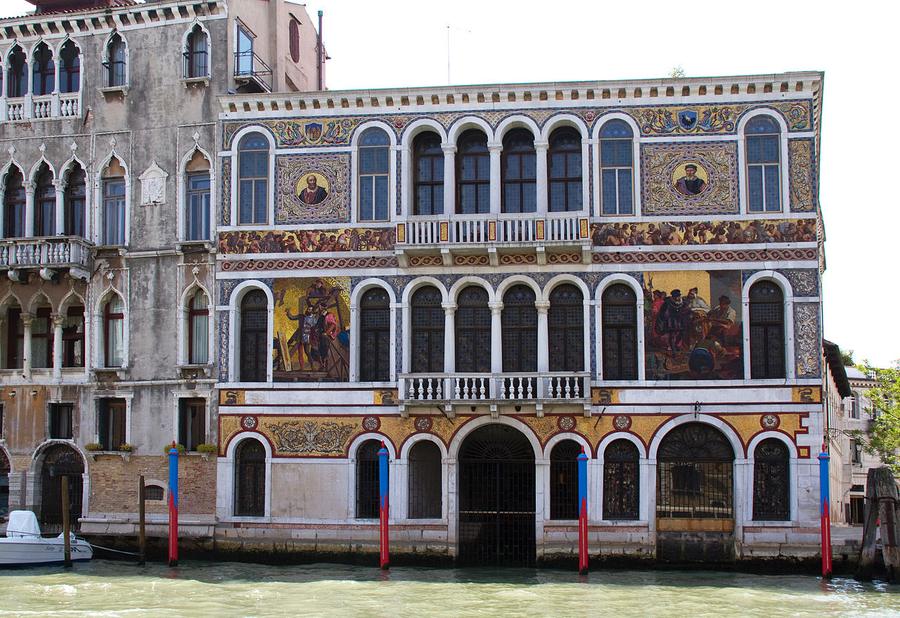
The financial mechanics behind his Italian operations reveal a more complex picture. As early as 2022, Alexei Navalny’s Anti-Corruption Foundation documented that Gergiev had diverted over 300 million rubles into personal accounts, using cultural foundations funded by Gazprombank, Rosneft, and VTB.
Gergiev owns a real estate empire in Italy, reportedly worth more than €100 million, inherited from Countess Yoko Nagae Ceschina, a Japanese harpist and philanthropist. Her will granted him the Barbarigo Palace on Venice’s Grand Canal, the historic Caffè Quadri in Piazza San Marco, an 18-room villa in Olgiate, vast land holdings in Romagna, and a villa on the Sorrento Coast.
Recently, Italy’s famous Alajmo restaurant family renewed its rental agreement for Caffè Quadri — paying Gergiev €3.5 million over seven years. This means a sanctioned Kremlin-aligned figure is directly profiting from Italy’s most prestigious public spaces.
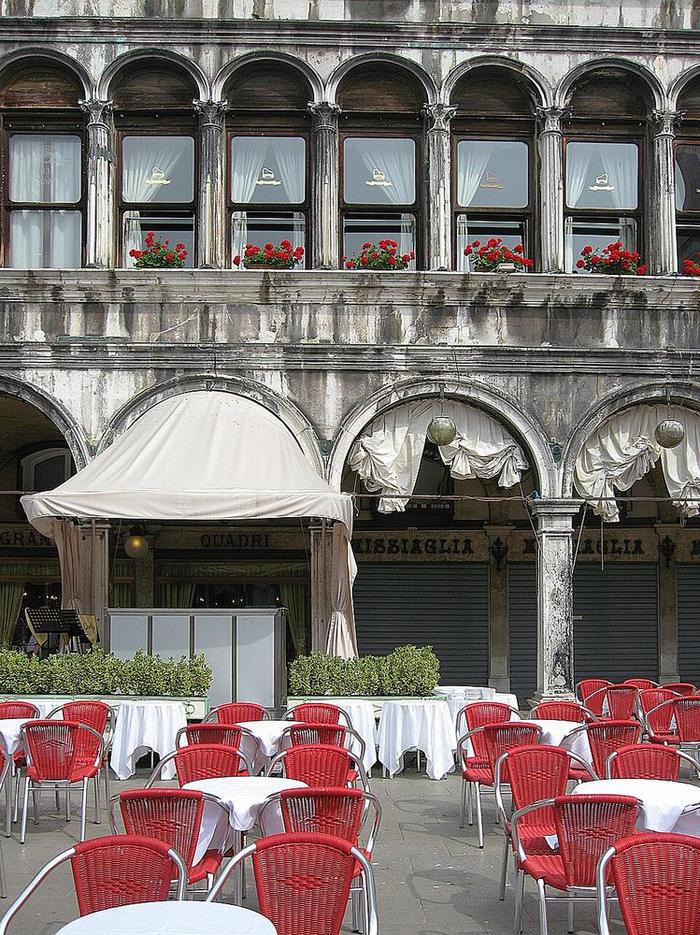
Massimiliano Coccia’s Linkiesta investigation reveals something more systematic: at least a dozen satellite companies orbiting around Gergiev’s main operations, spanning real estate, cultural, and logistics sectors across Campania, Lazio, and Lombardy.
Their common trait? Opacity. A portion of the revenue from these activities is reinvested into pseudo-cultural initiatives that bolster Russian propaganda.
And now, in July 2025, Gergiev is scheduled to perform in Campania — at a festival funded in part by the Italian government, the Campania regional administration, the Teatro Verdi in Salerno, and Italy’s Ministry of Culture. It is officially branded as a cultural initiative supported by EU Cohesion Funds (Fondi Coesione Italia 21/27).
This makes any attempt to “normalize” Gergiev’s presence even more troubling.
Gergiev himself constantly proves art isn’t neutral. Just this month, his Bolshoi Theatre closed its season with a production of Prokofiev’s opera Semyon Kotko that ended with a message glorifying Russia’s invasion of Ukraine:
“In 2014, a junta seized power in Kyiv and began repressions against its own citizens. In response, the residents of the city and region proclaimed the Luhansk People’s Republic. Instead of negotiations, the criminal Kyiv regime began the destruction of Donbas.”
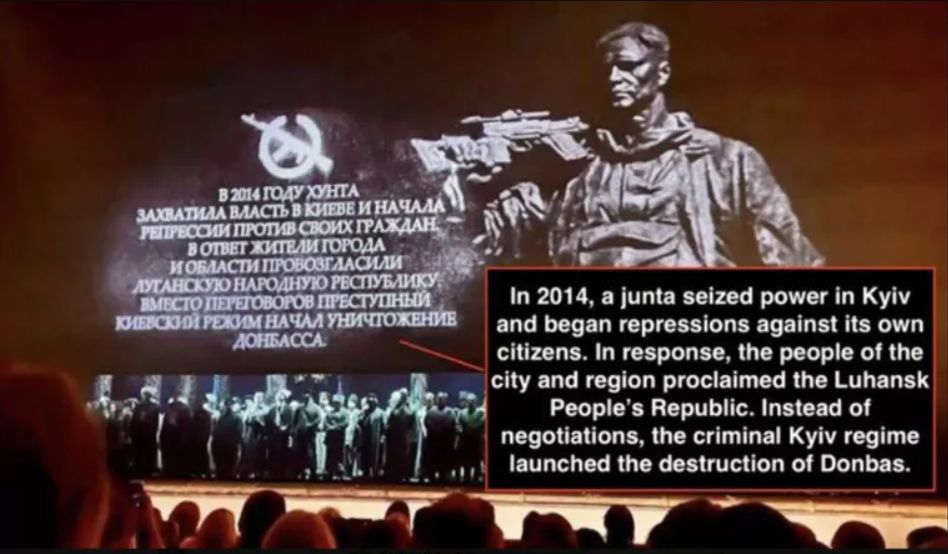
Immediately following that, the next paragraph was projected:
“In February 2022, the Russian army came to the aid of the people of Donbas, who had been fighting for their lives and freedom for eight years. As a result of a nationwide referendum, Luhansk has forever returned to being part of Russia.”
This wasn’t art — it was state propaganda using opera as a delivery system, reversing historical facts to justify war crimes. As La Repubblica noted in its coverage, Gergiev’s own theater made it explicitly clear that the opposite of “art is outside politics” is true.
And now — after three years of genocide, missile strikes on residential buildings, torture and executions of prisoners, and mass atrocities documented by international bodies — this concert in Campania becomes part of a broader trend: the normalization of brutality through culture.
At this point, let’s be clear: art is never apolitical — especially during a war. We cannot ignore the fact that Valery Gergiev is not merely a world-class conductor, but a public ally of a regime internationally accused of war crimes. His return to the European stage is not a neutral cultural gesture — it is a political act.
Gergiev’s return to the European stage is not a neutral cultural gesture — it is a political act.
Yes, in peacetime, one might argue for “separating art and politics.” But in wartime — especially a war of conquest launched in 2014 and escalated into full invasion in 2022 — such neutrality becomes complicity.
Allowing figures like Gergiev — whose regime is bombing cities, deporting children, and jailing dissidents — to perform on publicly funded stages is not just tone-deaf. It is an ethical failure.
Inviting Gergiev to Campania — with European funds — is a dangerous appeasement of Russia’s cultural offensive, which seeks to blur the line between art and propaganda.
As EU Parliament Vice President Pina Picierno rightly noted, publicly funding Putin’s allies is unacceptable. It sends the wrong signal — a signal of surrender.
While De Luca tries to mask this performance under the guise of tolerance, peace, and dialogue, Picierno confronts him with a point that is hard to refute: among the many equally famous and talented Russian musicians who have condemned the war, the Campania Region chooses Putin’s faithful friend and ally.
But the crucial question raised by investigators remains unanswered: which local entrepreneur or company proposed Gergiev’s engagement to the Campania Region? Who acted as facilitator for an event that showcases Russian power while a war rages?
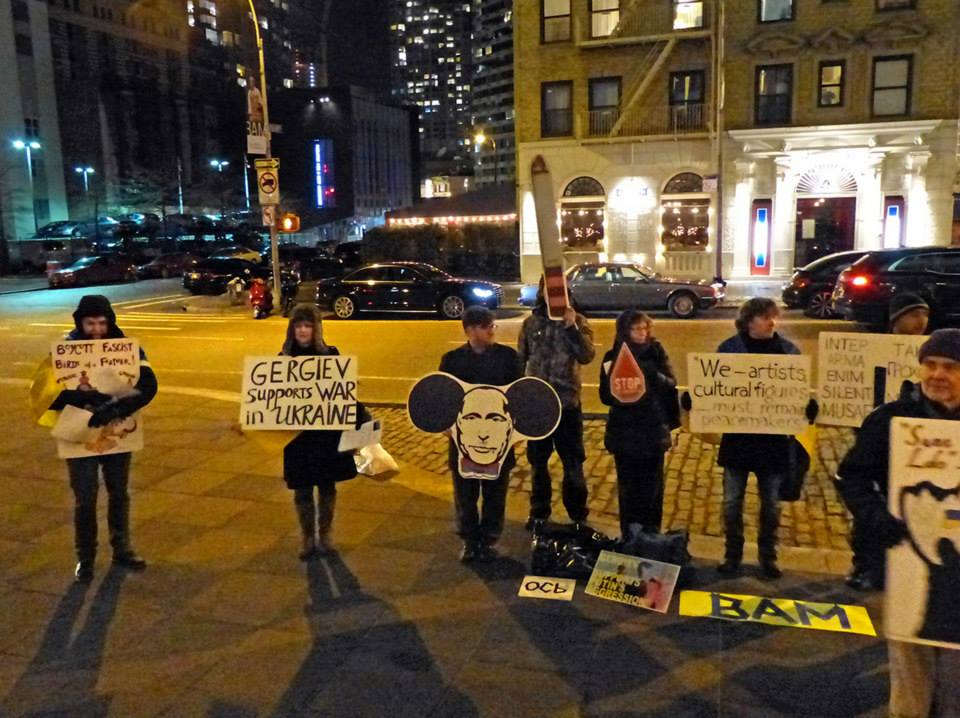
The announcement has ignited protests across Italy and abroad.
Italy’s Culture Minister withdrew approval for the concert, warning that using cultural platforms to amplify propaganda is unacceptable. Despite mounting criticism, the concert remains scheduled for 27 July, with the Caserta Police Headquarters monitoring the event through DIGOS (Italian Special Operations Unit).
There are fears that the protest, promoted by Ukrainian associations as well as Russian dissidents, could spill over into the Royal Palace. Many of the tickets for the front rows have sold out, and those who purchased them were representatives of Italian and Ukrainian associations, as confirmed by the president of one of these.
Deputy Prime Minister Antonio Tajani responded to criticism by noting that Gergiev holds a Dutch passport, so he can travel freely within the EU. The questions about how Gergiev obtained his Dutch passport while maintaining Russian citizenship have remained unanswered for almost a decade.
Russian state media is already hailing the concert as Gergiev’s triumphant “return to Europe,” claiming Italy will not cancel the event.
Once again, culture is weaponized. Since Soviet times, music, ballet, and the arts have been key tools of Kremlin messaging. The KGB had entire departments focused on shaping the regime’s image through culture.
This is not about freedom of expression. It’s about responsibility. Art can either support humanism or whitewash violence. When Gergiev conducts in war zones or imperial ruins, he’s not just waving a baton. He’s legitimizing state terror.
What message is Italy sending by supporting Ukraine politically, but welcoming Kremlin propagandists culturally?
When sanctions are among the few peaceful forms of pressure we have left, any cultural compromise becomes a form of complicity. Those who claim “art is above politics” must ask: above whose politics? Above human rights? Democracy? Solidarity?
And in the end — as always — it is the innocent who pay the price.
Editor’s note. The opinions expressed in our Opinion section belong to their authors. Euromaidan Press’ editorial team may or may not share them.
Submit an opinion to Euromaidan Press


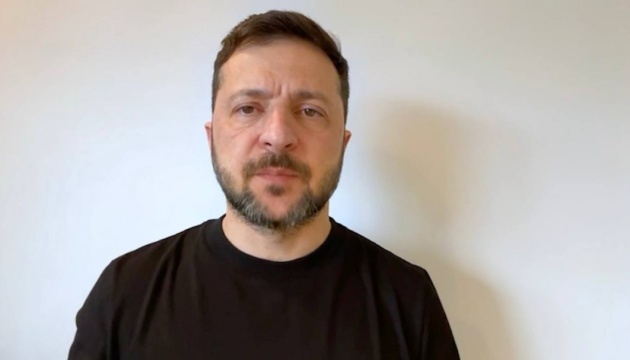

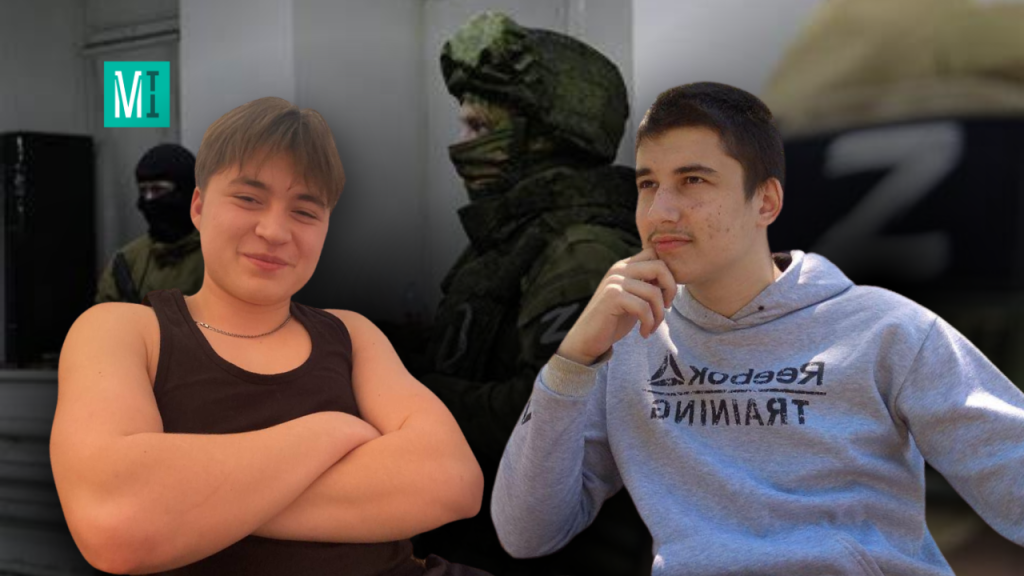

For their love for Ukraine, Tigran and Mykyta paid the highest price, their lives. President of Ukraine Volodymyr Zelenskyy has signed a decree awarding the Order of Freedom to 16-year-olds Tigran Ohannisian and Mykyta Khanganov, Ukrainian teenagers killed by Russian soldiers in occupied Berdiansk.
On social media, Ohannisian managed to publish a video reportedly before being shut down by snipers, in which he says: “Two for sure. That’s it, this is death. Guys, goodbye! Glory to Ukraine!”
After the full-scale invasion and occupation of the city, the boys stayed home. They were friends, and both openly supported the Ukrainian cause.
Ohannisian was repeatedly persecuted by the occupying authorities: he was abducted from his home, tortured, abused, subjected to electric shocks, and mock executions. He was arrested, beaten, and forced into silence.
Khanganov was targeted for arrest as early as October 2022. The occupiers interrogated him and his father, fabricated a case accusing him of “railway sabotage,” and searched their home. He was charged with a crime punishable by up to 20 years in prison in Russia.
In 2023, both boys were accused of “preparing sabotage.” Tigran was interrogated and tortured for five days as the occupiers tried to force a confession.
The European Parliament passed a resolution demanding the release of Tigran and Mykyta, but the occupiers ignored the calls of the international community. On 24 June 2023, Russian forces executed the boys.
Ombudsman Dmytro Lubinets reported that Russia still refuses to return their bodies to the parents or to Ukraine. Available information suggests the occupiers buried the teenagers in secret, without notifying the families.
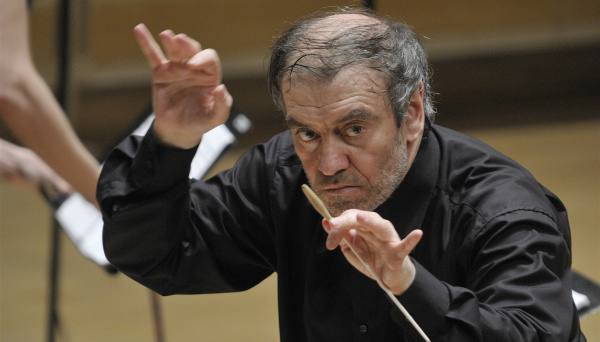

The Ukrainian community in Italy has called to cancel the concert of Russian conductor Valery Gergiev, scheduled for 27 July at the Royal Palace of Caserta, a UNESCO World Heritage site. Gergiev publicly supports the Russian regime and its military aggression against Ukraine.
The community has sent a letter to UNESCO Director-General Audrey Azoulay, Dr. Antonio Patuelli, Chair of the Italian National Commission for UNESCO, and the Italian Minister of Culture, Alessandro Giuli.
The activists emphasize that Gergiev’s support “goes beyond the realm of art” and includes public acts that legitimize a regime responsible for war crimes, the deportation of children, attacks on civilian infrastructure, and on Ukraine’s cultural heritage, which is also under UNESCO protection.
Ukraine’s Defense Intelligence: Russia loots ancient treasures from Crimea’s UNESCO heritage site
“Ukrainians view UNESCO as the last line of defense for fundamental values: memory, truth, and respect, all of which the Russian government blatantly disregards,” the letter continues.
The Ukrainian community continues, “How can an institution that safeguards the dignity and memory of nations allow one of its protected sites to host an artist who has become a global symbol of military propaganda?”
“How can it ignore how deeply offensive this decision is to the victims of the conflict, to the Ukrainian people, and to all those fighting for peace and justice worldwide?” the activists say.
The letter also argues that holding Gergiev’s concert at a historical site like the Palace of Caserta contradicts UNESCO’s principles of protecting peace, cultural heritage, and solidarity among peoples.
Ukrainian supporters to rally in Bologna after Russian propaganda found in Italian textbooks


Engineers from Ukraine’s Steppe Brigade are fielding modular plastic bridges that deploy in just 15 minutes, giving troops rapid mobility across rivers in active combat zones. This rapid frontline bridge deployment offers a major tactical edge as Ukrainian units face constant maneuver demands on the front.
Militarnyi reports that the 61st “Steppe” Mechanized Brigade has begun using a new system of plastic pontoon bridges composed of modular floating cubes. The brigade reported that the system has already shown its effectiveness at multiple positions along the frontline. It was first used during the Kursk operation in Russia, where it allowed fast movement of infantry and light vehicles.
Brigade engineers say the system’s greatest strengths are its speed and adaptability. The plastic pontoon bridge is designed to transport infantry and light equipment.
“Mobility, fast deployment, and structural reliability let our units stay one step ahead of the enemy,” the brigade noted.

Each pontoon crossing is constructed from interlocking plastic modules that float independently and connect through a specialized fastening system. This design makes it easy to change the length or shape of the bridge and replace any damaged cubes after shelling.
The plastic cubes are produced by a Ukrainian manufacturer, which emphasizes the system’s ability to work in any location and under any weather conditions.
“Our floating structures can be used in any region and on any water body. They are easy to assemble, even in adverse weather,” the manufacturer stated.
The construction is resistant to freezing, tidal surges, and storm conditions. It also does not freeze into ice during winter, a key feature for year-round combat use. For vehicle crossings, engineers add wooden decking to support the weight of light military equipment.
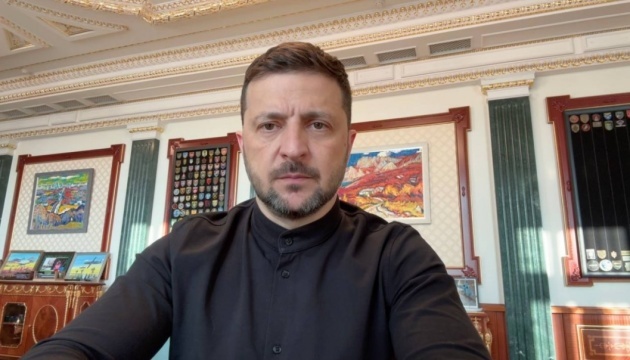

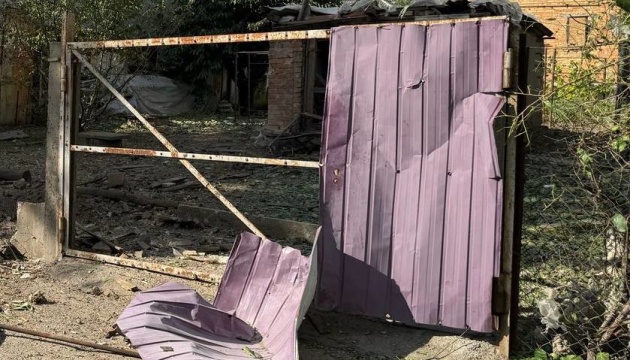

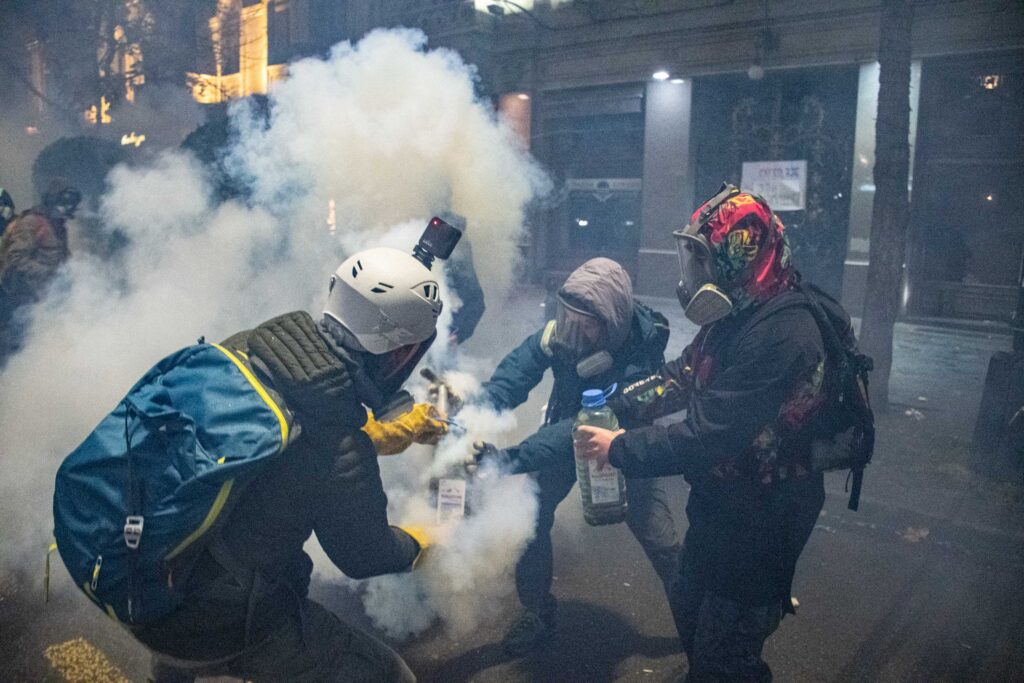

The European Parliament has declared that Georgia will not be able to join the European Union until its government abandons its authoritarian path.
The bloc does not recognize the country’s current government, the ruling party Georgian Dream, as legitimate due to widespread violations during the parliamentary elections on 26 October 2024. According to the EU, these elections were rigged and did not meet democratic standards. Consequently, Georgia’s EU accession process is effectively suspended until free and transparent elections take place.
“Georgia cannot join the EU until its government changes its authoritarian course. The European Parliament stands with the Georgian people. Parliament does not recognise Georgia’s current government and says its EU path is effectively suspended until fair elections happen,” it says in a statement on X.
The authorities have harshly suppressed protests that erupted after the elections and have continued for over eight months, employing repression against activists and political opponents.
The country’s power remains concentrated in the hands of the pro-Russian Georgian Dream party. The European Parliament also supports former President Salome Zourabichvili as the legitimate leader.
Despite an official pro-European integration stance, the government is working to deepen relations with Moscow, particularly in the security and economic spheres. Approximately 20% of Georgia’s territory is currently occupied, namely Abkhazia and South Ossetia, where Russian troops are present.
Georgian society has been actively protesting since late 2024 for more than eight months against a regime that fails to meet European and democratic standards. People demand new, honest elections, the release of political prisoners, and the country’s return to the European path.
The European Parliament continues to support the people of Georgia, but stresses clearly that without fundamental changes in the political system, including a rejection of authoritarianism and the restoration of democracy, the EU cannot admit Georgia as a member.
In response to the protests and European statements, Russia publicly accuses the West of interfering in Georgia’s internal affairs, supporting “color revolutions,” and attempting to increase informational and political pressure to maintain its influence.
Thus, without transforming the Georgian government and conducting free elections, Georgia’s prospects for EU membership remain blocked indefinitely, while its society continues to fight for a European future.
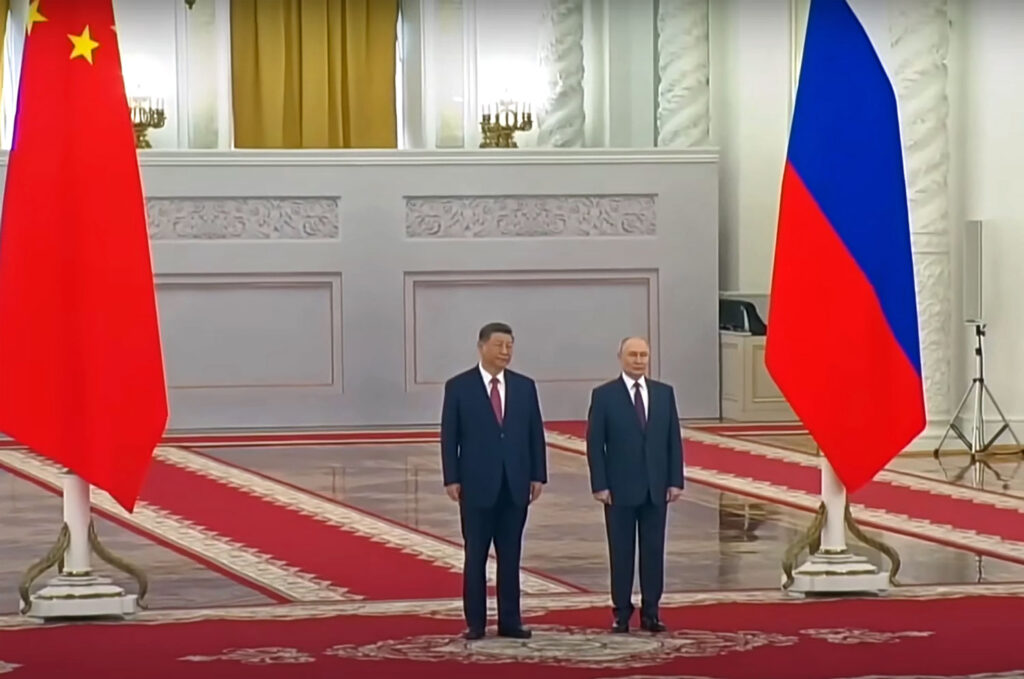

Despite US President Donald Trump’s ultimatum, Russian ruler Vladimir Putin shows no intention of abandoning his objectives in Ukraine or ending the war. Even under the threat of new sanctions, he appears ready to go to extremes, Foreign Affairs writes.
Trump has set a 50-day “deadline” for Russia to reach a peace deal or agree to a ceasefire in its war against Ukraine. Otherwise, Moscow will face economic restrictions. Countries that continue buying Russian oil would also be subject to sanctions.
Meanwhile, Russia itself is entering a full-fledged economic crisis, something even the Kremlin is now publicly admitting. However, analysts are convinced that Putin still has tools to continue the war, the ones he has so far chosen not to use.
In particular, he could launch a brutal mobilization campaign with harsh penalties for those who refuse to serve. Experts note this would shatter the myth of stability that Putin has carefully built over the years, but destroying Ukraine still takes priority for him.
They point out that after 25 years in power, Putin has created an almost sinister calm in Russia: there is no meaningful political opposition, and public criticism of the government is virtually nonexistent. As a result, Russians are expected to adapt to the new reality.
“Russia’s rise to greatness may be Sisyphean for Putin, but he will go to extreme lengths to avoid defeat. In Ukraine, Putin will risk everything,” the report says.
Still, the situation does not yet look catastrophic for Ukraine. The territories captured by Russia are not strategically vital for Ukraine’s survival, and all major cities remain out of reach for the Russian military.
Even if Trump ultimately fails to follow through on his own ultimatum, Ukraine continues to receive growing support from Europe.


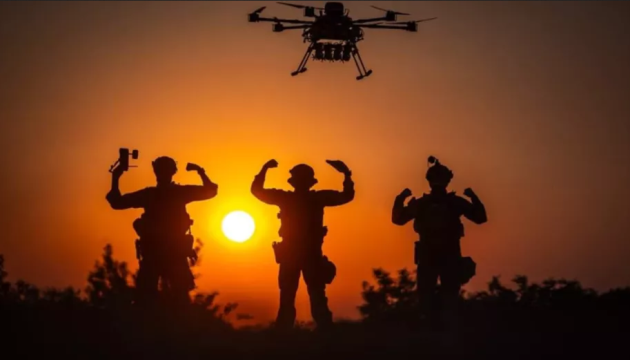

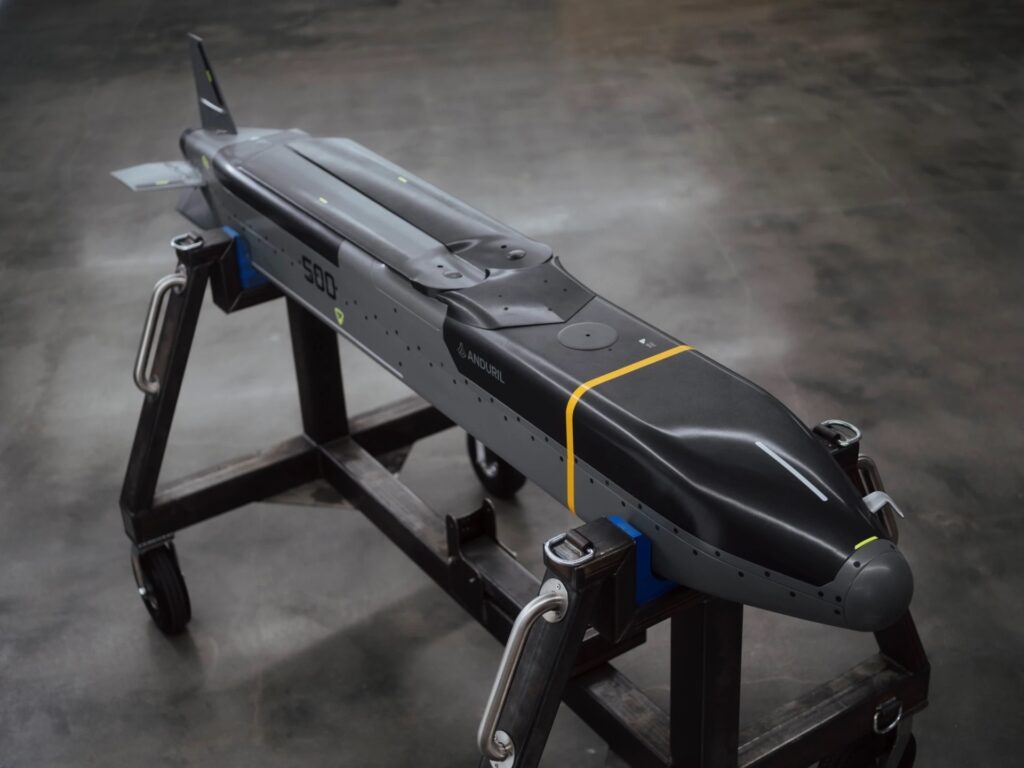

The US Air Force has announced a search for contractors to develop a new air-launched cruise missile under the working title LACM (Lugged Affordable Cruise Missile). Aviation Week reports, the project is largely based on the concept of the ERAM missile, which is being developed specifically for Ukrainian fighter jets.
According to the requirements, the missile will carry a 227 kg (500 lb) warhead with a multi-mode fuse capable of high penetration. It must be able to strike targets over 450 km away with an accuracy margin of no more than ten meters, even without satellite navigation, flying at around 0.6 Mach.
What sets the LACM apart is its focus on low-altitude flight, no higher than 300 meters, with the ability to strike at angles exceeding 70 degrees. A critical requirement is the ability to mass-produce the missile within two years of the contract’s start, at a cost not exceeding $300,000 per unit.
The missile will be compatible with standard external pylons on fighter jets or internal weapons bays, according to Militarnyi.
At least three potential companies are being considered in the early phase of the LACM program: Anduril (with its Barracuda-500M missile), Zone 5 Technologies (Rusty Dagger), and CoAspire, which is already working on the Rapidly Adaptable Affordable Cruise Missile. However, other manufacturers, including L3Harris, may also join the competition.
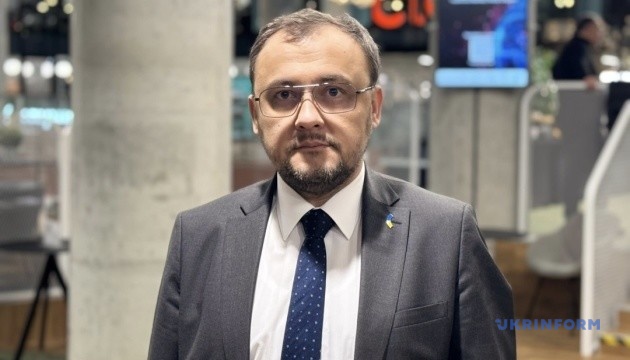

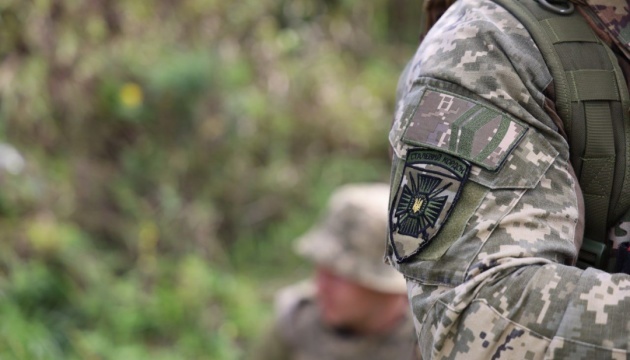



She was killed to be silenced. On July 19, in Lviv, Ukrainians marked the first anniversary of the death of Iryna Farion. She was a prominent linguist, scholar, politician, and symbol of the fight for Ukrainian identity, UkrInform reports.
Farion served as a Member of Parliament from 2012 to 2014, lectured at the university, and spent decades leading the movement to revive the Ukrainian language after centuries of Russification. Her political stance was openly anti-Russian, making her a frequent target of Kremlin propaganda and hate.
Her murder in Lviv in 2023 at the age of 60 is seen not merely as a criminal act but as part of Russia’s hybrid war.
“The enemy is trying to use every tool to divide our nation,” said Ukraine’s military intelligence chief, Kyrylo Budanov, following her death.
The attack on Farion is also regarded as a psychological attempt to intimidate its most courageous Ukrainian voices.
A year after the assassination, her family, colleagues, students, and community members gathered for a memorial service at the Saints Peter and Paul Garrison Church. Later, a procession made its way to Lychakiv Cemetery, where Farion is buried.
People will also assemble in silence in the courtyard on Masaryk Street, where she was killed, at 7:22 PM, the exact moment the fatal shot was fired one year ago.
Farion’s daughter, Sofiia Osoba, left a powerful message on Instagram.
“A year. What is it like to live without Mom?.. I am an orphan. Ukraine is orphaned… I don’t want 19 July… This is the end of everything. 23:20. The end of your life. Now, it will be years,” she wrote.
Six days after the murder, Ukrainian law enforcement detained the suspect, 19-year-old Dnipro resident Vyacheslav Zinchenko. The court trial is currently ongoing.
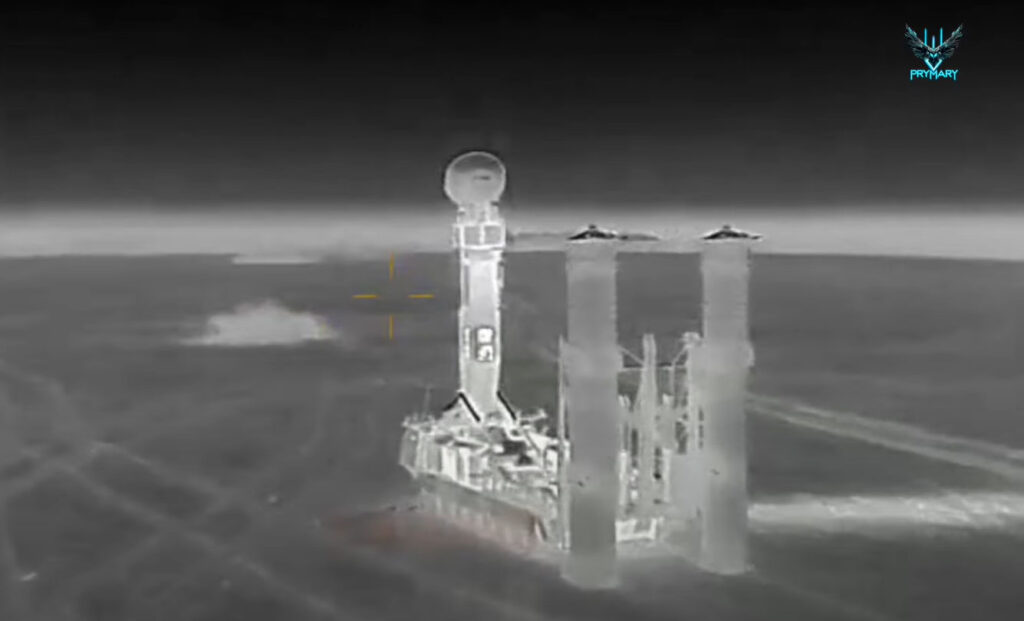

A Ukrainian drone strike on Russian air defenses has disabled multiple radar systems and surface-to-air missile launchers in the Donetsk sector, eastern Ukraine, Defense Intelligence of Ukraine (HUR) reported. The latest footage released by HUR shows their elite Prymary (“Ghosts”) unit destroying key Russian military hardware during precision drone attacks in the occupied part of the oblast.
HUR released video footage of the operation on its official YouTube channel, showing accurate drone strikes on two S-300V launchers and five radar systems, supporting these launchers and other Russian air defense assets. The S-300V is primarily designed to intercept operational-tactical missiles and serves as a key element of Russia’s anti-missile defense network. However, Russian forces have been also using such launchers in a secondary role — to fire on ground targets, including residential areas in Ukrainian cities.
According to the description accompanying the HUR video, Prymary fighters continue to “systematically weaken Russian air defense — now in the Donetsk direction.” The agency confirmed the destruction of:
The video published by HUR shows direct drone strikes on the listed radar systems and missile launchers. However, the FPV footage cuts off at the moment of impact, and the aftermath is not shown. Still, the accuracy of the strikes indicates that the targeted Russian air defense assets were at least damaged, if not destroyed.
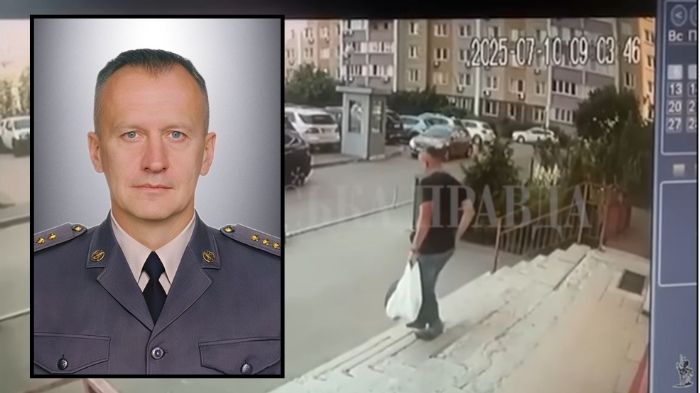

When Russia kills Ukrainian heroes, Ukraine doesn’t forgive. The intelligence war between Ukraine and Russia won’t end with the hot phase of the war. It will continue in the shadows, in hotel hallways, parking lots, and spy offices across the globe, The Times reports.
The Ukrainian colonel of the Security Service (SBU), Ivan Voronych, who was assassinated in Kyiv, may have been targeted by Russian intelligence for his role in some of Ukraine’s boldest covert operations in recent years, say intelligence sources.
Voronych was involved in big numer of operations, including the sabotage of the Nord Stream gas pipeline. Major General Viktor Yahun says the upcoming retaliation from the Ukrainian side will be compared to the Operation Spiderweb, when Kyiv hit 41 Russian aircraft.
Voronych served as a deputy in the unit commanded by Roman Chervinsky, the same figure The Washington Post described as the “coordinator” of the Nord Stream attack. He also oversaw naval drone strikes against Russia’s Black Sea Fleet.
The SBU colonel was a calm and quiet man who kept himself in excellent physical shape, his colleagues recall. He had served in the elite Alpha unit and carried out missions deep behind enemy lines, including in Russia’s Kursk Oblast.
Some sources claim it was Voronych who initiated the ambush and elimination of Oleksiy Mozgovoy in 2015, the leader of the “Prizrak” group and one of the key commanders of Russian proxy forces in Donbas.
Any one of these actions could have sealed his fate, and, according to intelligence sources, his assassination in Kyiv was the direct result of a long list of high-risk operations where Voronych played a pivotal role.
Ukraine has already avenged his murder by eliminating the killers, but that’s just the beginning. Former SBU officer Ivan Stupak says that such assassinations will continue worldwide for many years. Ukrainians won’t want to operate on allied territory, but perhaps in Thailand, Africa.


The full-scale war in Ukraine will continue beyond 2025, said Robert Brovdi, also known as Madiar, the commander of the Ukrainian Armed Forces’ Unmanned Systems, during the LANDEURO conference in Germany’s Wiesbaden, UNIAN reports.
“We don’t see the end of the war coming tomorrow — or likely even this year. Putin is sending more infantry than we can destroy,” Madiar stated.
According to him, the main threats include massive Shahed drone attacks, Ukraine’s shortage of mobilization resources, and the enemy’s numerical advantage.
“Everyone who wanted to fight is already fighting,” he noted.
However, the Ukrainian Armed Forces are already working on solutions: plans include replacing infantry with ground-based drones and building a multi-level “drone wall” to intercept everything coming from Russia.
“This wall, taller than the Great Wall of China, is already being built,” the commander concluded.
Brovdi became the commander of the Ukrainian Armed Forces’ Unmanned Systems in June. After taking the position, he announced he would work on the new Drone Line project, a 10-15 kilometer “kill zone” where enemy forces cannot advance without suffering significant losses.
His program also includes:
